Let me start writing the content now.Stepping into the world of transitional living room design opens up endless possibilities for creating spaces that feel both timeless and current. Transitional style combines traditional and modern sensibilities to create spaces that will always feel contemporary, marrying traditional and contemporary furniture, finishes, materials and fabrics for classic, timeless design. This versatile approach allows you to blend the warmth and elegance of traditional elements with the clean sophistication of modern aesthetics. Since it's a blend of traditional and contemporary design, you can enjoy the best aspects of both. The beauty lies in the flexibility—you can incorporate family heirlooms alongside contemporary pieces, creating a personalized space that reflects your unique style while maintaining visual harmony through carefully curated color palettes and thoughtful furniture placement.
1. Neutral Color Foundation for Transitional Living Rooms

Transitional style rooms generally feature neutral colors such as white, beige, tan, cream, gray, greige, and taupe. A sophisticated neutral palette serves as the perfect backdrop for your transitional living room, allowing various design elements to coexist harmoniously. Consider painting walls in soft beige, warm gray, or creamy white to establish a calming foundation. Staying neutral is a safe choice for transitional style, as these timeless hues never go out of fashion and provide flexibility for future updates. Layer different neutral tones through upholstery, window treatments, and accessories to create depth without overwhelming the space. This approach ensures your transitional living room feels both current and enduring.
2. Mixing Traditional and Modern Furniture in Transitional Living Rooms
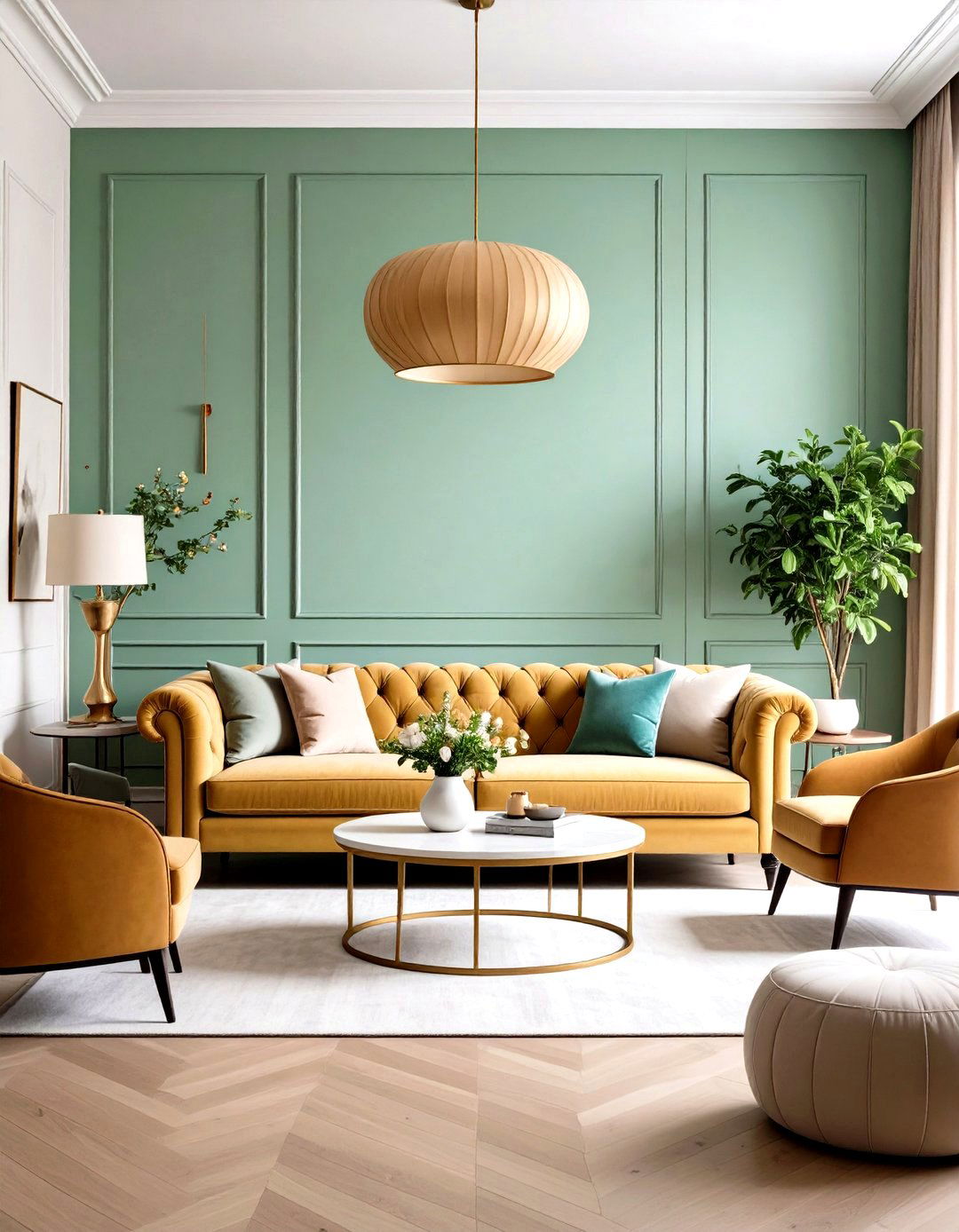
Mixing furniture styles and periods is a hallmark of transitional style. Blend old and new in a low-contrast way, uniting traditional forms with modern upholstery and using soft neutral color palettes for a unified look. Successfully combining different furniture eras requires careful attention to scale, proportion, and visual weight. Pair a classic Chesterfield sofa with sleek, contemporary side tables, or combine a modern sectional with traditional accent chairs. Transitional furniture is designed to complement every other style. This type of design takes inspiration from a little bit of everything — modern, contemporary, traditional — and blends these elements into a fresh look. The key lies in finding common elements like similar color tones or complementary materials that create visual continuity throughout your transitional living room space.
3. Statement Lighting for Transitional Living Room Ambiance
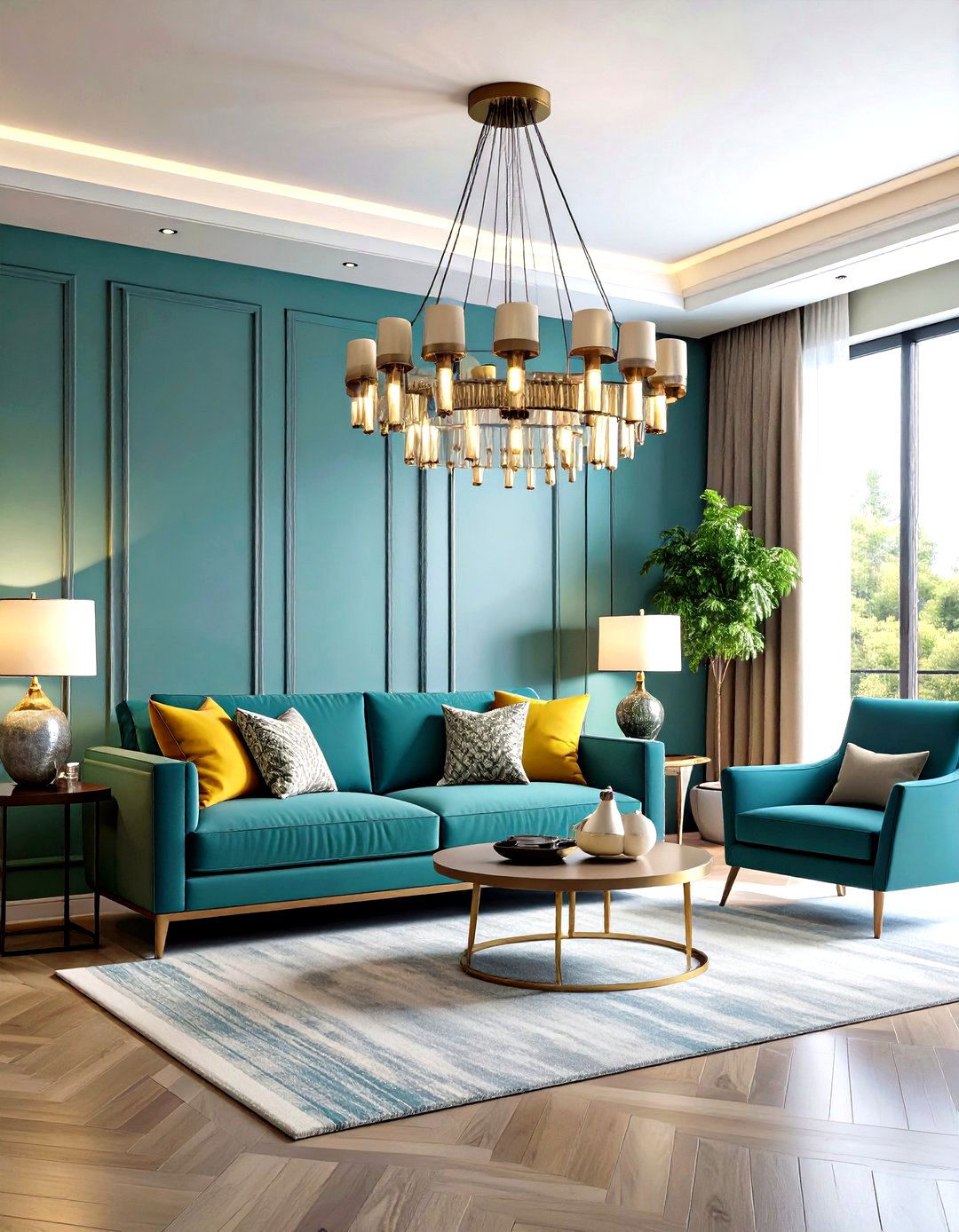
Lighting is crucial, too, with statement fixtures like pendant lights or chandeliers adding sophistication. Transform your transitional living room with carefully selected lighting that bridges traditional and contemporary styles. Consider installing a modern chandelier with clean lines alongside classic table lamps with traditional silhouettes. A statement floor lamp doubles as art when it flaunts unusual designs, unconventional materials, or trendy sculptural silhouettes. Layer different light sources to create depth and functionality—combine overhead fixtures, floor lamps, and accent lighting to achieve the perfect ambiance. Choose fixtures that complement your furniture's metal finishes and coordinate with your overall color scheme for a cohesive transitional living room design.
4. Layered Textures in Transitional Living Room Design
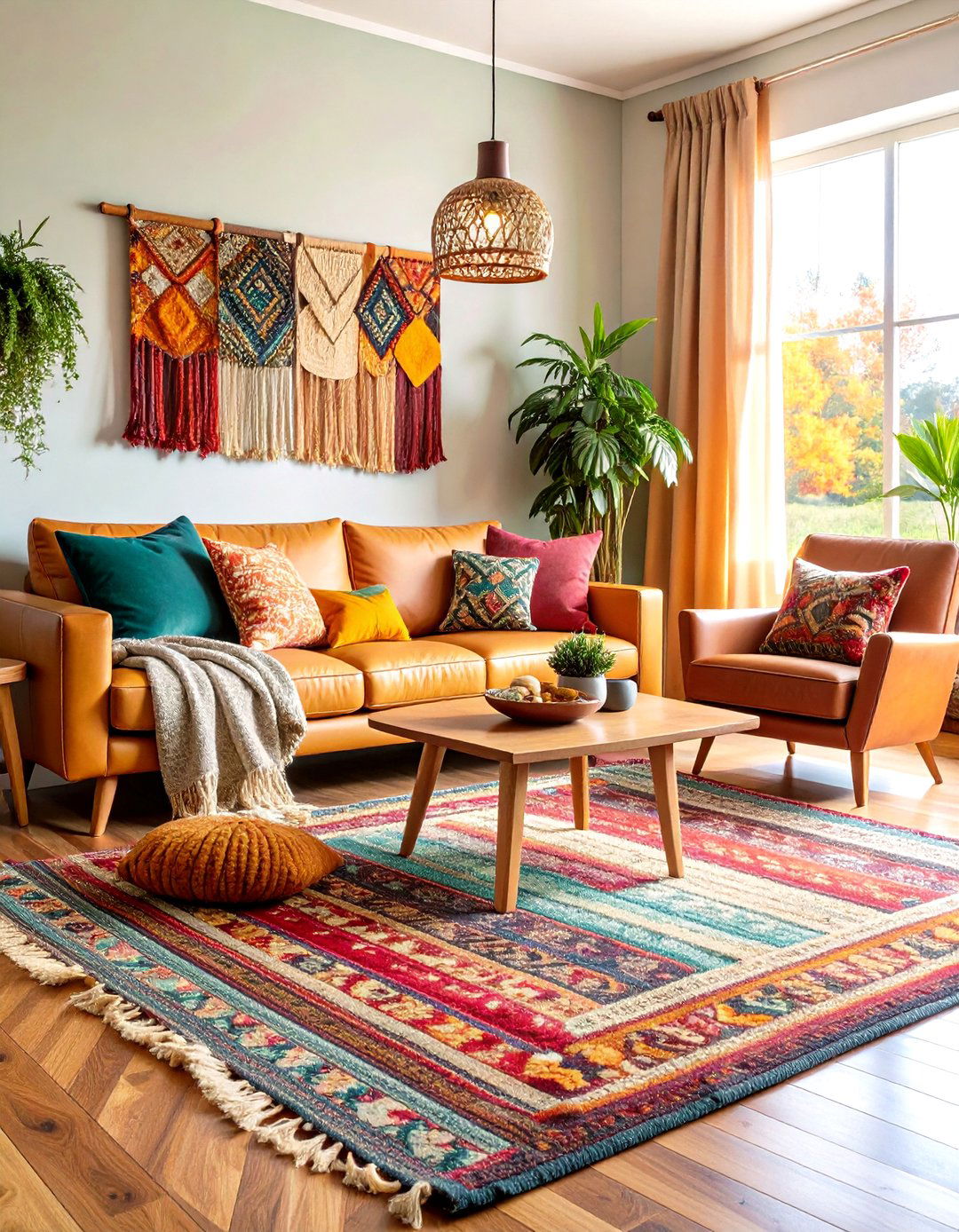
Add texture to a transitional living room with layered rugs. Layer a smaller patterned rug in a neutral tone over a large solid flat weave area rug to add interest. Creating visual and tactile interest through varied textures elevates any transitional living room from ordinary to extraordinary. Incorporate smooth leather sofas alongside nubby wool throws, or pair sleek glass coffee tables with rough-hewn wooden accents. Natural materials such as wood, stone, and leather are commonly used to create a sense of warmth and comfort in a transitional space, while sleek, clean-lined materials like glass, marble and metal bring a touch of sophistication. Mix fabrics like linen, velvet, and cotton to add depth while maintaining the neutral palette. This layering technique ensures your transitional living room feels inviting and sophisticated.
5. Coastal Elements in Transitional Living Room Spaces
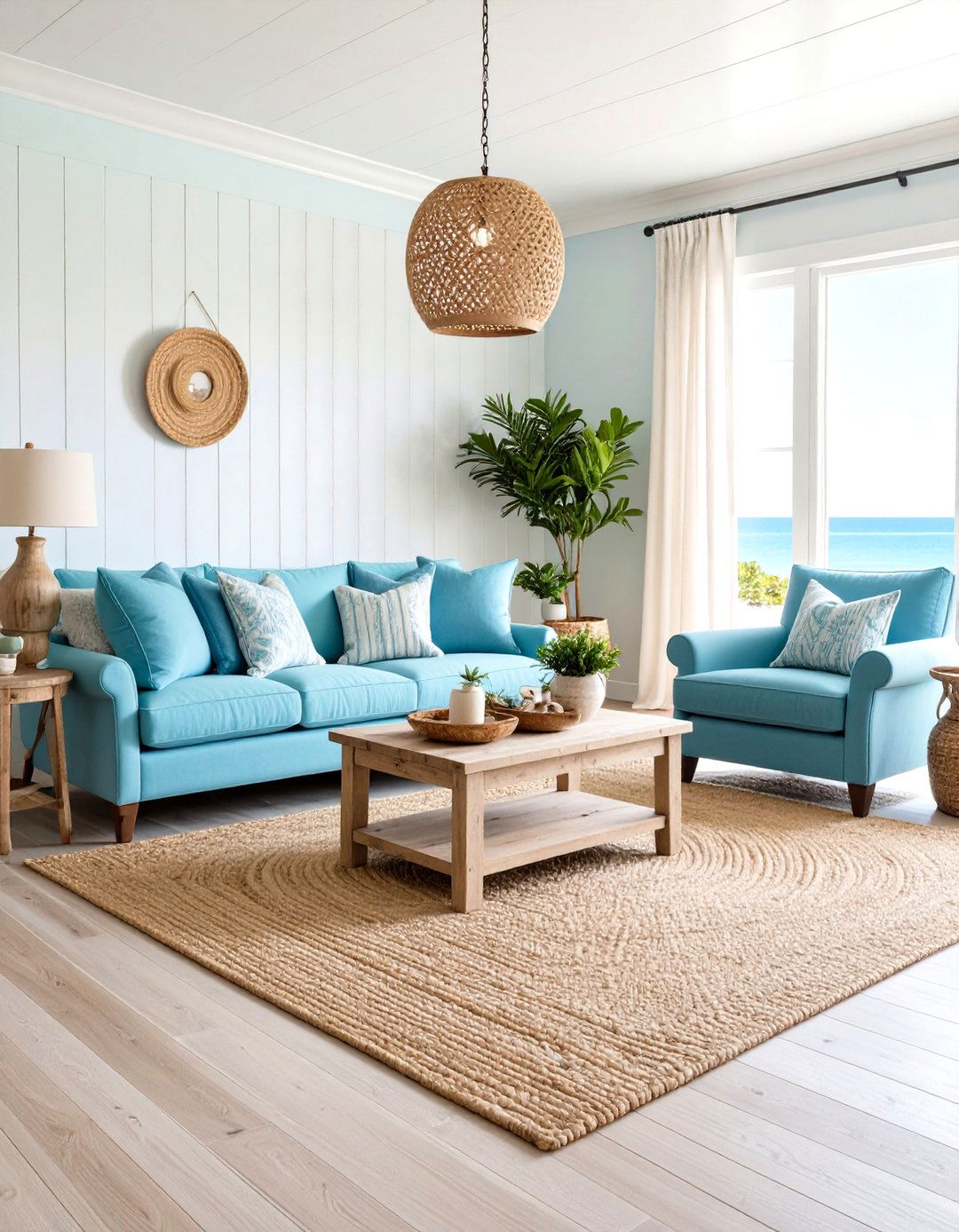
Mix in coastal elements to personalize a transitional living room. This new build features a mix of modern elements, coastal-themed art, and hints of pale blue and sandy brown on upholstery. Bring the calming essence of seaside living into your transitional living room through subtle coastal influences. Incorporate pale blue accents through throw pillows, artwork, or a statement chair while maintaining your neutral foundation. Natural materials like jute rugs, weathered wood finishes, and woven baskets add authentic coastal charm without overwhelming the space. Pale blue and beige are a calming combination, reminding us of nature and days spent on the beach. This approach creates a serene transitional living room that feels both sophisticated and relaxed, perfect for unwinding after busy days.
6. Gallery Walls for Transitional Living Room Character
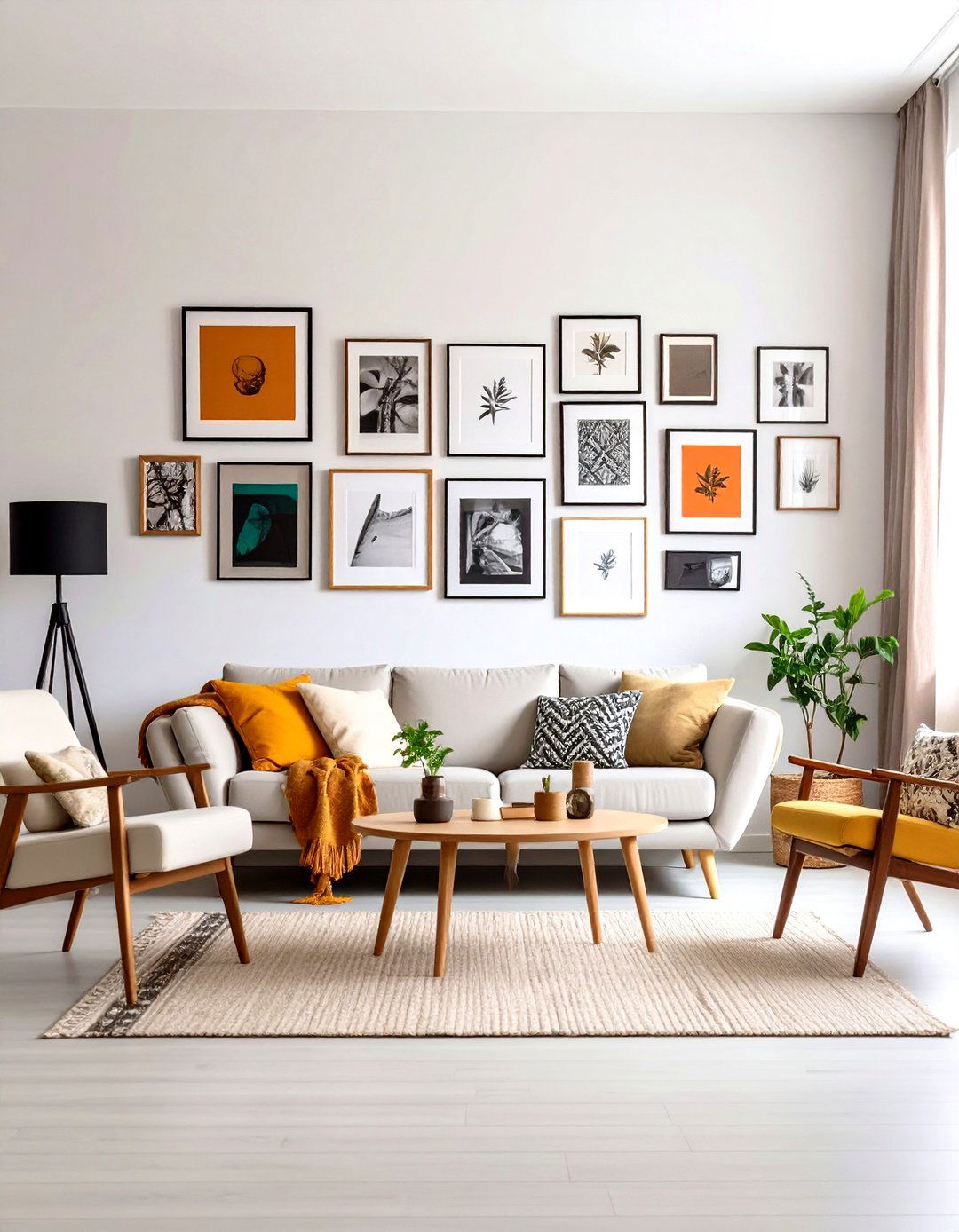
Monochrome gallery walls allow you to showcase sentimental moments in a chic but low-key manner. Such arrangements also add a personal touch to any neutral-toned transitional home transformation. Curate an engaging gallery wall that reflects your personal style while maintaining the balanced aesthetic of transitional design. Mix framed family photos with abstract art pieces, varying sizes and frame styles for visual interest. A gallery wall filled with an eclectic mix of framed art pieces, including abstract paintings, black-and-white photographs, and colorful prints creates a dynamic focal point. Choose frames in coordinating finishes like black, white, or natural wood to maintain cohesion. This personalized approach ensures your transitional living room tells your unique story while staying true to the style's harmonious principles.
7. Built-In Storage Solutions for Transitional Living Rooms

Symmetrical built-ins with windows flank this transitional living room with a cozy fireplace. The white mantel blends seamlessly with the cabinets, crown molding and tray ceilings. Maximize both function and style in your transitional living room with thoughtfully designed built-in storage solutions. Custom cabinetry painted in crisp white or soft gray provides ample storage while maintaining clean lines characteristic of transitional style. Because a transitional style interior favors practicality, turn functional pieces into features. Bookshelves are ideal design décor pieces since they look great when lined with only books or interspersed with photos and mementos. Display a curated mix of books, decorative objects, and personal mementos to add personality while keeping clutter at bay. These built-ins seamlessly integrate with your transitional living room's architecture.
8. Natural Materials in Transitional Living Room Design
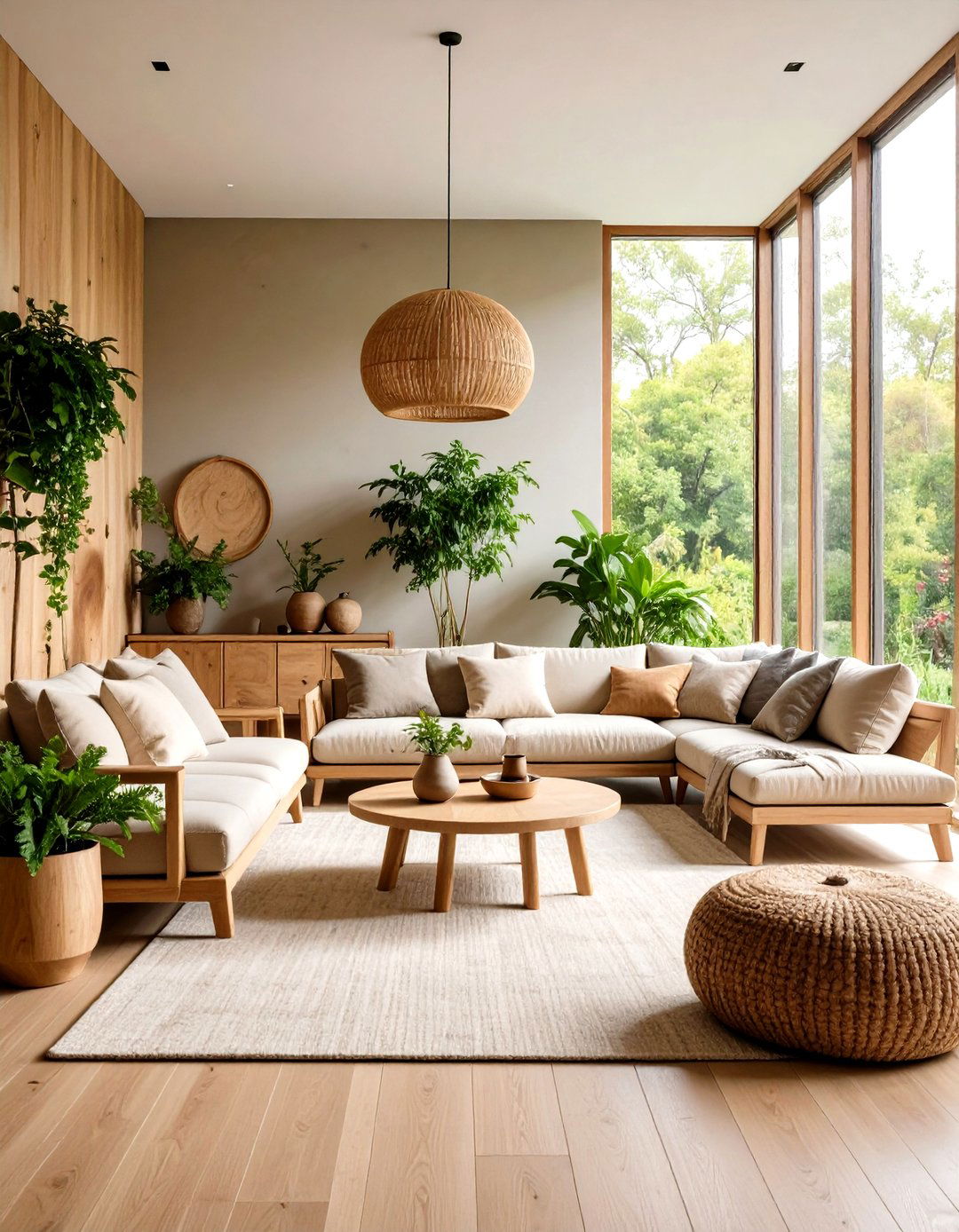
Items from nature help bridge modern elements with traditional ones. Create more harmony in your transitional living room by including things like natural wood, plants, and found nature items. Incorporate organic elements that bring warmth and authenticity to your transitional living room space. Natural wood furniture pieces, whether antique or contemporary, add texture and visual weight that grounds the design. Natural wood and plaster finishes can behave as neutral tones and help to balance a transitional living room. Live plants in woven baskets or ceramic planters introduce life and color while maintaining the natural theme. Stone accents, whether in fireplace surrounds or decorative objects, contribute to the organic feel. These natural materials create a transitional living room that feels connected to the outdoors.
9. Sophisticated Color Pops in Transitional Living Rooms
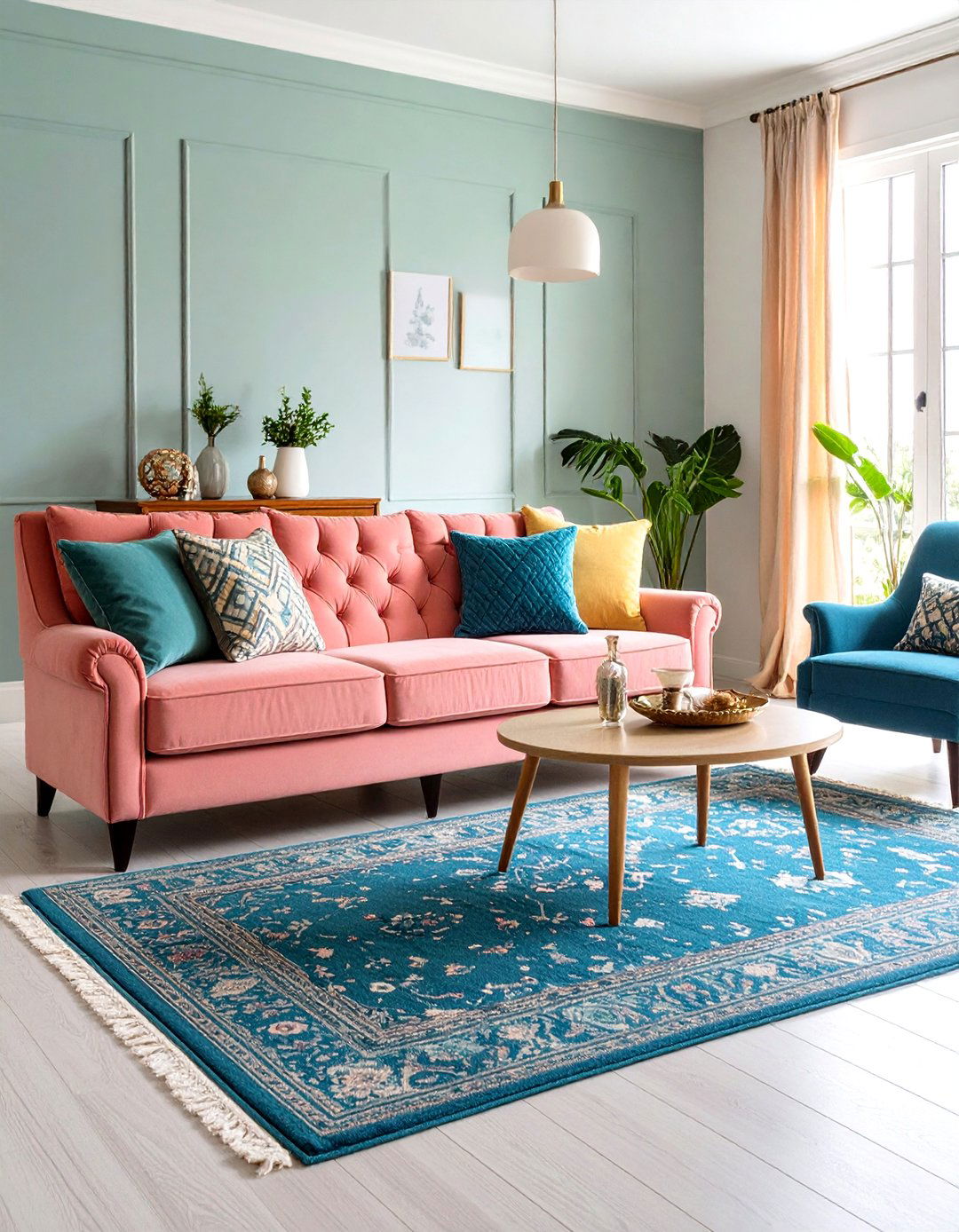
While most transitional living rooms embrace neutrality, you can liven things up with a few bolder pops of color. A blue vintage rug and a pink upholstered sofa energize this cozy living room. Thoughtfully introduce vibrant colors that energize your neutral transitional living room without disrupting its serene foundation. Yellow is a great color to use with neutrals because it is so close in tone that it blends effortlessly. Choose one or two accent colors and repeat them throughout the space in artwork, throw pillows, or a statement chair. Navy blue, sage green, or warm terracotta work beautifully against neutral backdrops. Introduce pops of color in a transitional space with upholstery, throw pillows, or floor poufs. This strategic approach ensures your transitional living room feels lively and personality-filled while maintaining its sophisticated balance.
10. Jute Rugs as Transitional Living Room Anchors
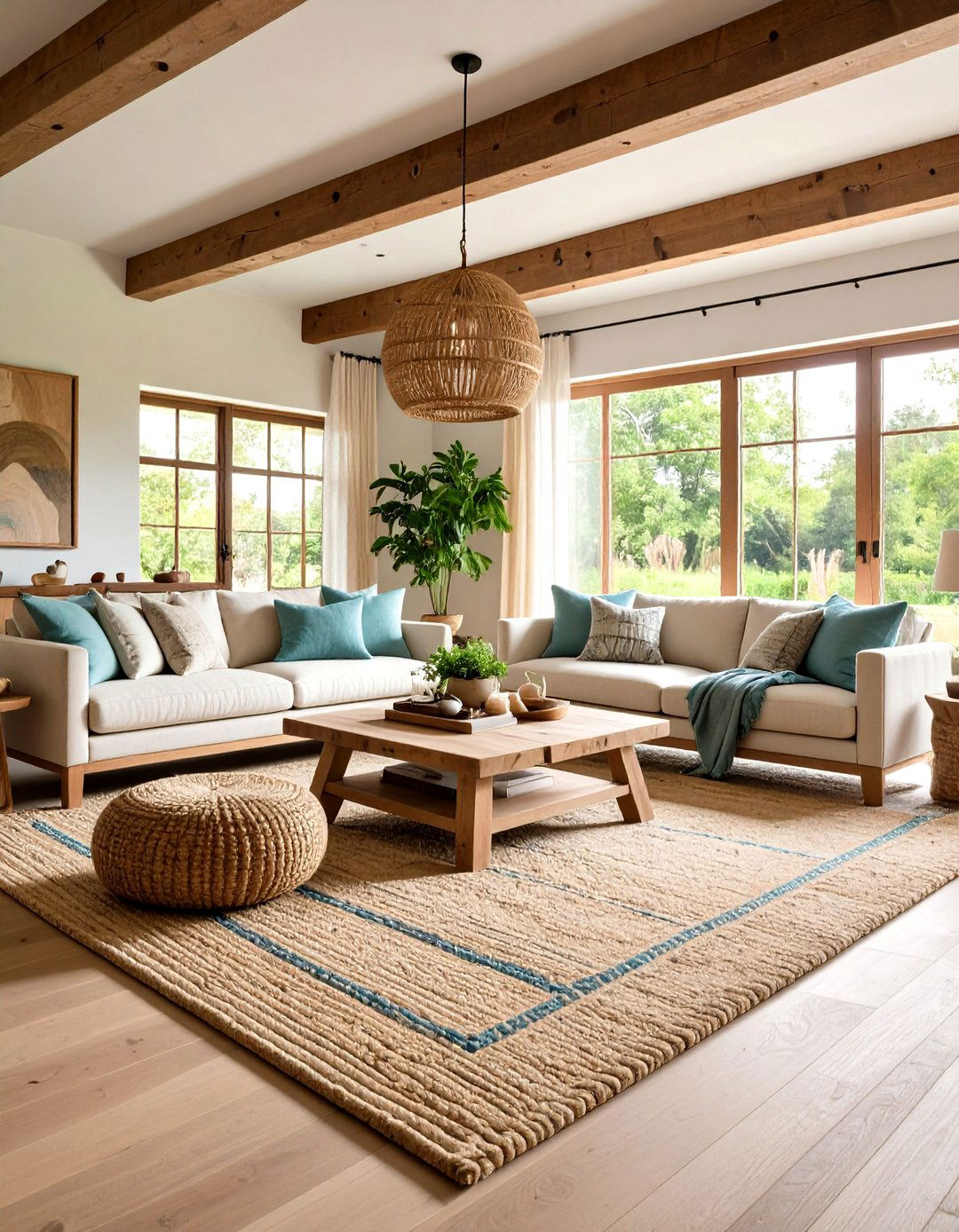
Anchor your transitional living room with an affordable jute area rug that mixes traditional and modern aesthetics. Ground your seating area with a natural jute rug that perfectly embodies transitional style's blend of casual and refined elements. These versatile floor coverings work beautifully with both traditional and contemporary furniture pieces, creating visual continuity throughout the space. Kate Marker Interiors grounded this serene space with a large jute rug that complements the soft blue-and-white color scheme and echoes the wooden ceiling beams and hardwood flooring. Choose oversized rugs that extend beyond your furniture grouping to define the conversation area. The natural texture and neutral tone of jute provides the perfect foundation for layering additional textiles in your transitional living room.
11. Fireplace Design in Transitional Living Rooms
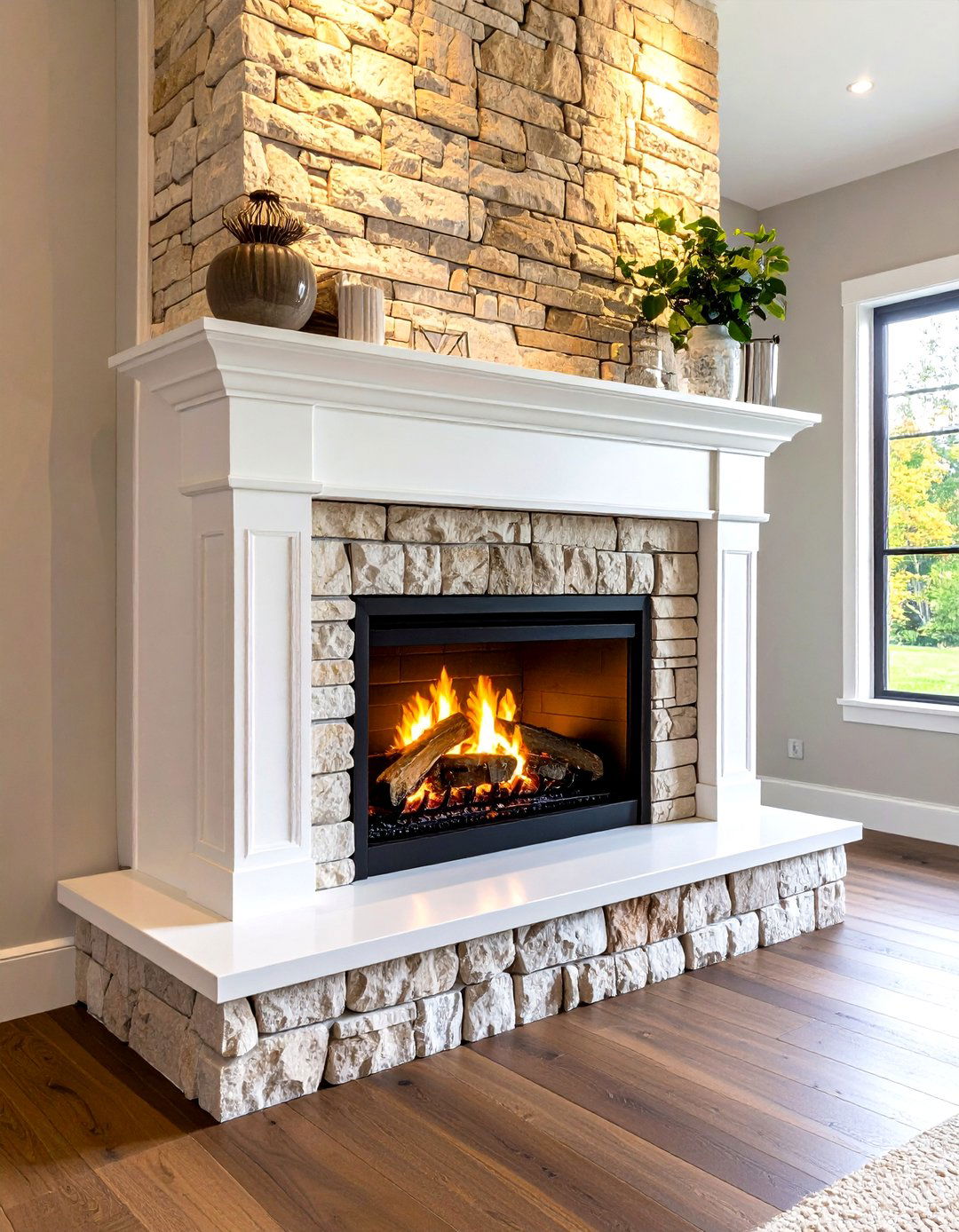
Transitional living rooms often include fireplaces for a cozy feel. Desiree Burns Interiors chose a streamlined variation of a traditional fireplace to complement this transitional living room. Create a stunning focal point with a fireplace that exemplifies transitional design principles through clean lines and classic proportions. Whether you're working with an existing fireplace or planning a new installation, choose materials that bridge traditional and modern aesthetics. This gorgeous stone fireplace creates a warm central focus in this cozy living room. Consider a simple white painted mantel with stone or tile surround for timeless appeal. Keep styling minimal with a few carefully chosen accessories rather than cluttering the mantelpiece. This approach ensures your transitional living room fireplace serves as an elegant anchor point.
12. Window Treatments for Transitional Living Room Style
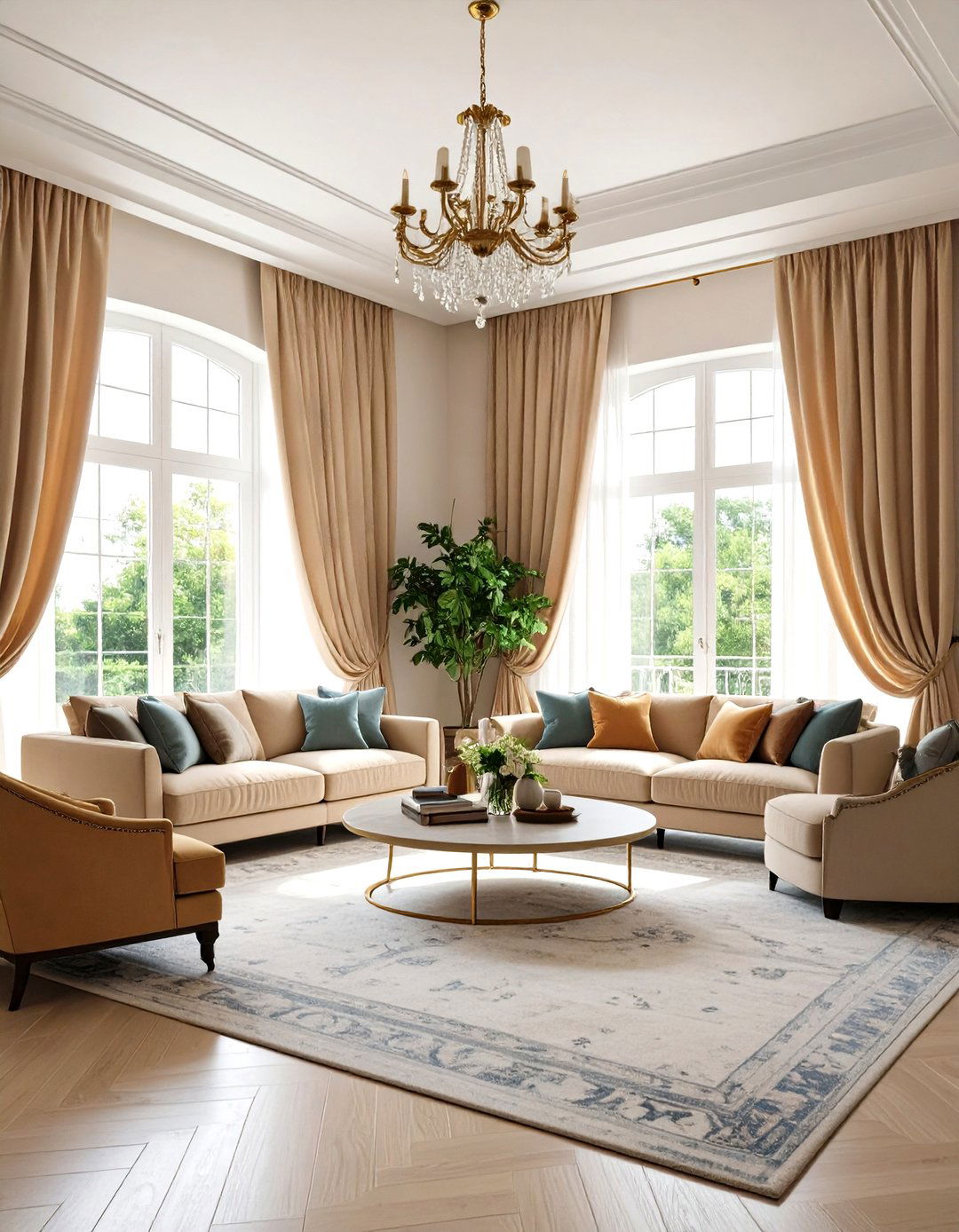
Maximize natural light in your living room by highlighting large windows with neutral window treatments. Desiree Burns Interiors softened the wall of windows in this double-height great room with ceiling-height curtains in a soft shade of gray. Frame your views beautifully with window treatments that enhance your transitional living room's sophisticated aesthetic. Choose flowing curtains in linen or cotton fabrics in neutral tones like soft gray, cream, or warm white. Hang panels close to the ceiling and extend them beyond the window frame to create the illusion of larger windows and higher ceilings. Classic furniture pieces such as armchairs, sofas, and dining tables are key to creating a traditional feeling, while contemporary pieces like clean-lined sofas and sectionals and low-profile coffee tables add a modern touch. Simple hardware in brushed nickel or brass complements the transitional living room style perfectly.
13. Arched Architectural Details in Transitional Living Rooms
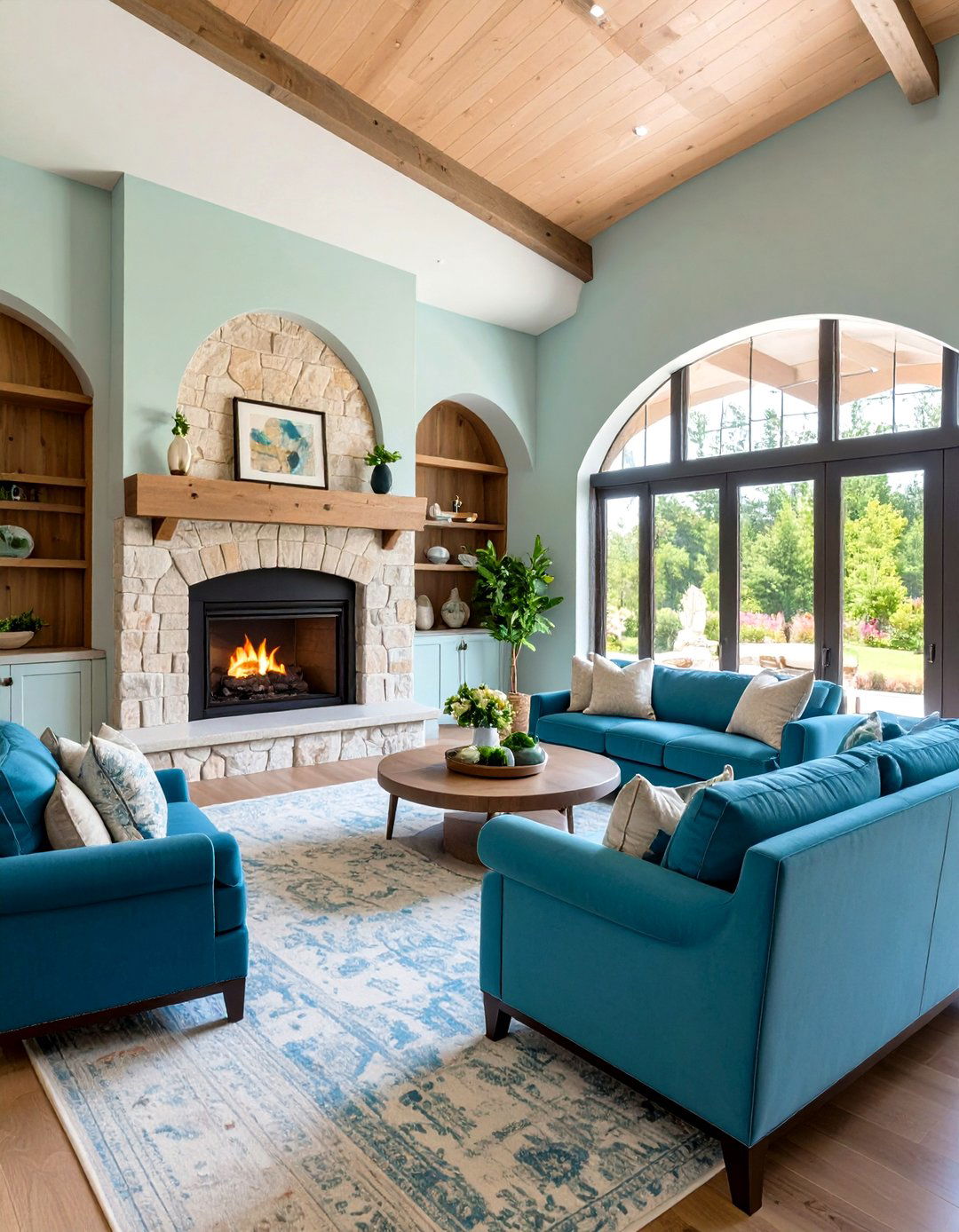
Arched built-ins work well in a transitional living room. Whittney Parkinson Design incorporated white painted wood built-ins on either side of a stone wall fireplace to create a homey feel. Incorporate graceful arched elements that add architectural interest while maintaining the balanced aesthetic of transitional design. Whether through built-in cabinetry, doorways, or decorative niches, arched details bring a classic element that feels both timeless and fresh. Pale blue and beige are a calming combination, reminding us of nature and days spent on the beach. In the above design by Benjamin Moore, the addition of gold accents makes the room feel luxe and contemporary. Paint these architectural features in the same color as your walls for a subtle, sophisticated look, or choose contrasting tones for more dramatic impact. These curved lines soften the overall transitional living room design while adding visual sophistication.
14. Wood Trim Details for Transitional Living Room Elegance
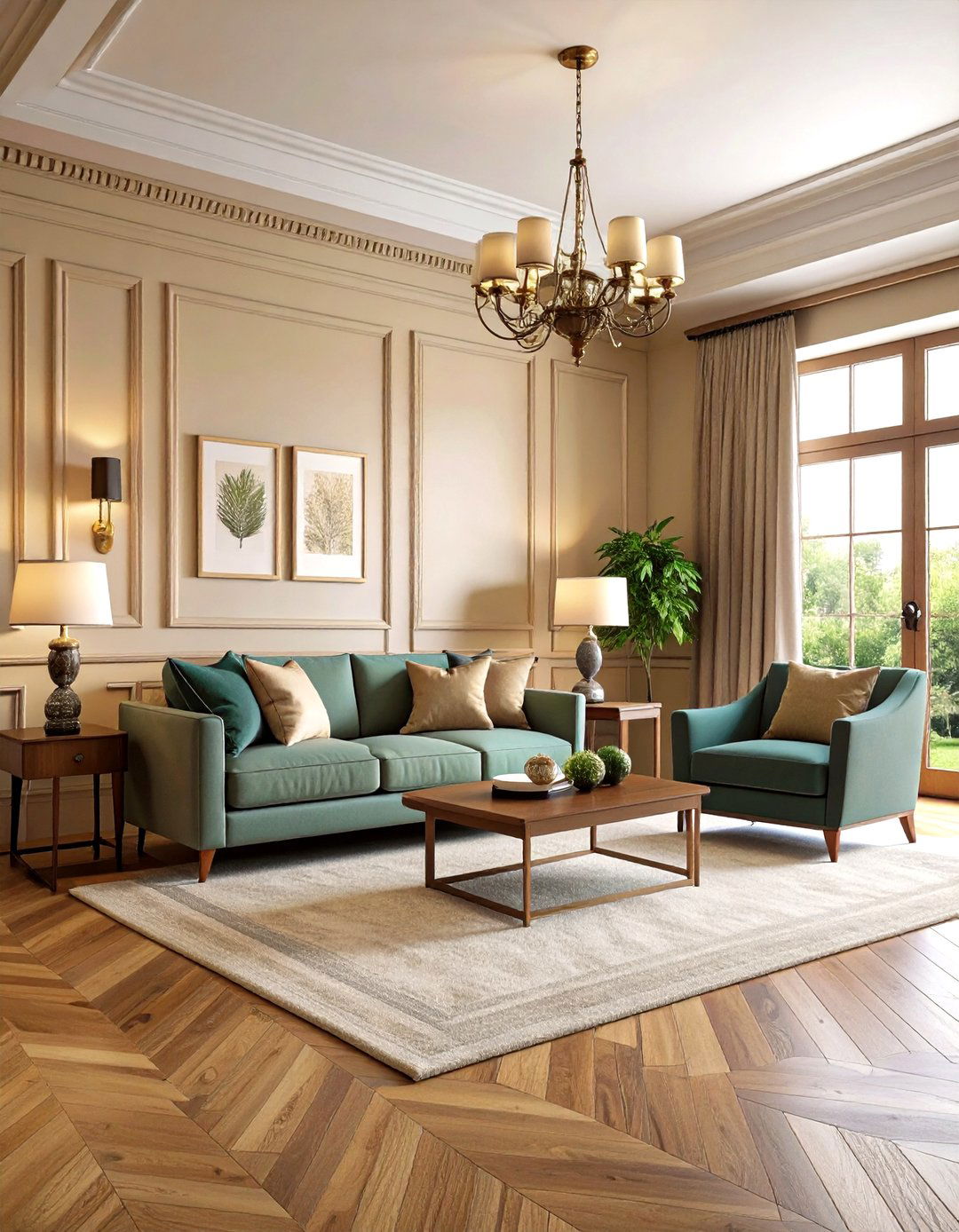
Add dimension to transitional living room walls with wood trim painted the same color for a neutral feel, no renovation required. Enhance your walls with architectural trim that brings depth and refinement to your transitional living room without major renovation. Louis Duncan-He Designs paired white-on-white walls and trim with simple, comfortable furniture and touches of color on accent pillows and the area rug. Install picture molding, chair rails, or board-and-batten wainscoting painted to match your wall color for subtle texture. This monochromatic approach creates sophisticated dimension while maintaining the serene palette characteristic of transitional style. Choose trim profiles that aren't overly ornate to keep the look balanced between traditional craftsmanship and contemporary simplicity. These details elevate your transitional living room's architectural interest effortlessly.
15. Comfortable Sectional Seating in Transitional Living Rooms
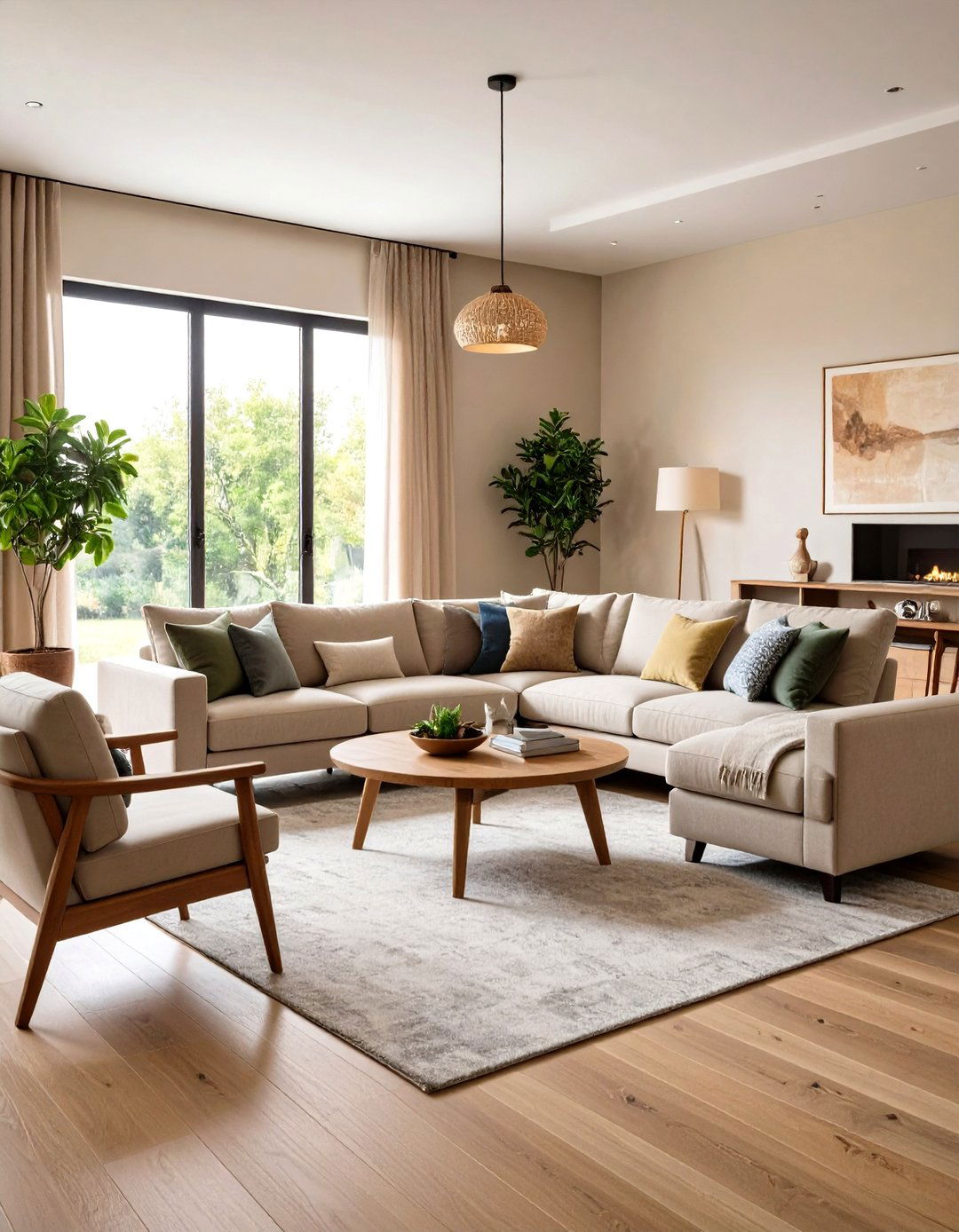
The room showcases a plush sectional sofa in a neutral tone, complemented by a pair of modern accent chairs. A wooden coffee table sits atop the rug, adorned with decorative books and a stylish vase. Anchor your transitional living room with generous sectional seating that prioritizes both comfort and style. Choose sectionals upholstered in neutral fabrics like linen, cotton, or performance materials in shades of gray, beige, or cream. This simple sitting room is practically minimalist, but thanks to careful furnishing choices, it still feels warm, sumptuous, and timeless. The honey colored leather on the sofa and the overstuffed chair cushions temper the modern lines. Balance the substantial size of sectional seating with streamlined coffee tables and carefully proportioned accent pieces. This combination creates a transitional living room that welcomes gatherings while maintaining sophisticated design principles.
16. Mixed Metal Finishes in Transitional Living Room Accessories
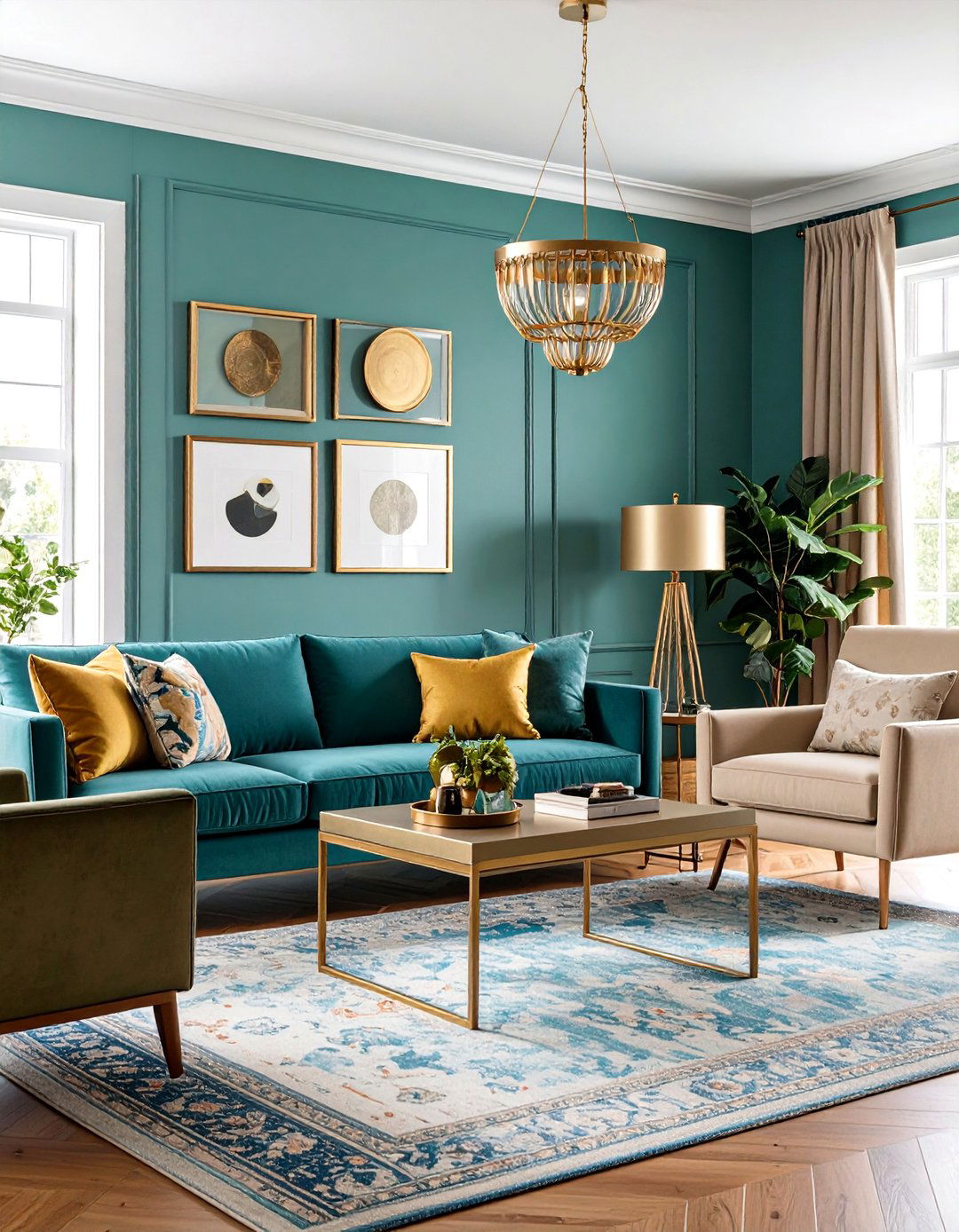
Pro Tip: Don't just stick to shiny metallics—mix them with matte and patinaed finishes like antique brass to soften the overall effect and create a layered look. Incorporate various metal finishes throughout your transitional living room to add visual interest and sophisticated depth. Combine brushed nickel lighting fixtures with antique brass picture frames and oil-rubbed bronze hardware for a collected-over-time aesthetic. Accent with gold to create interest in an all-white living room. Leanne Ford Interiors combined an ornate gilded antique mirror with metallic wall sconces and a gold-toned vintage fireplace screen. This mixing approach prevents your space from feeling too coordinated or sterile while maintaining the balanced sophistication that defines transitional style. Choose three complementary metal tones and distribute them evenly throughout your transitional living room for optimal visual harmony.
17. Vintage Rug Integration in Transitional Living Room Design
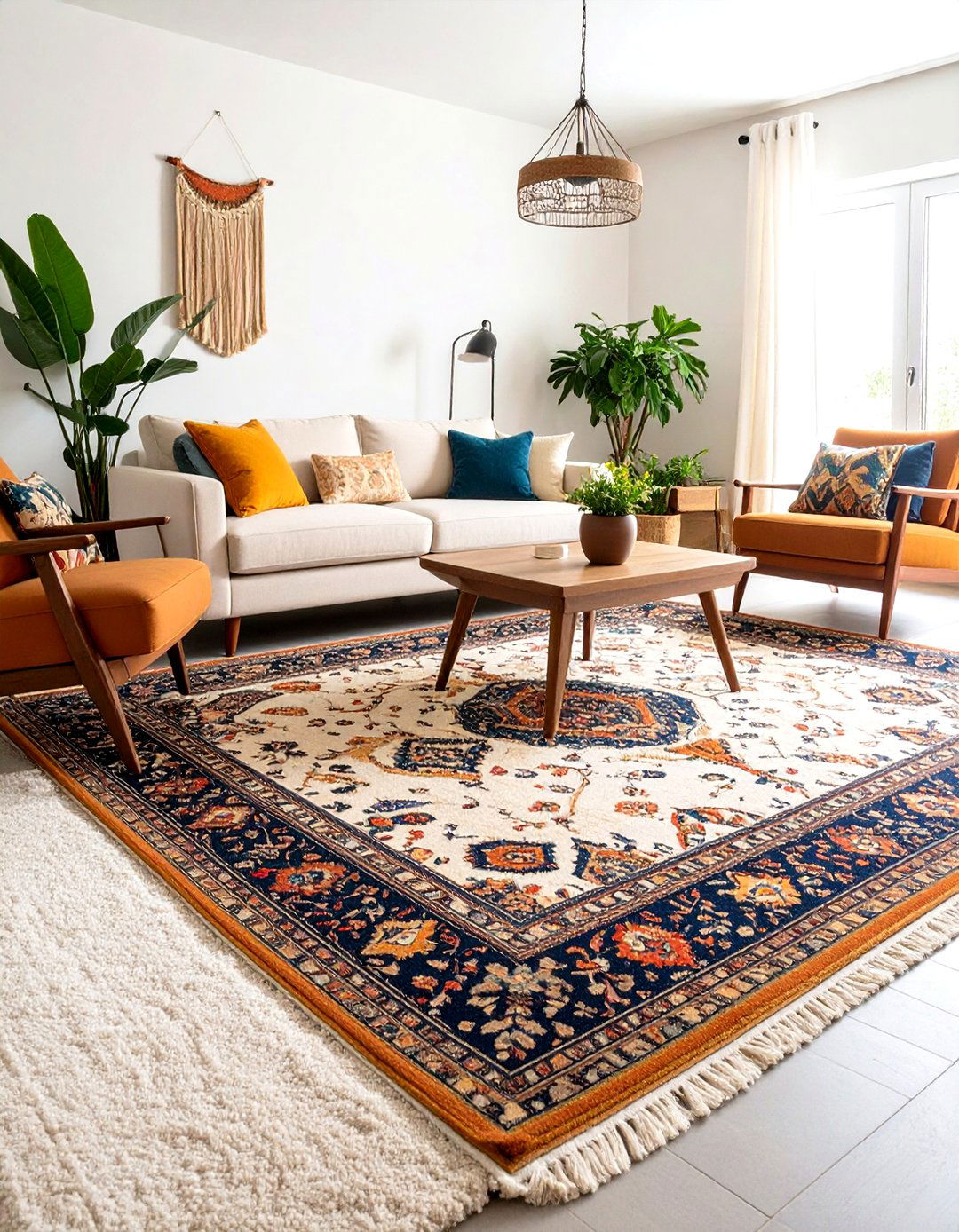
The transitional style is great if you have eclectic taste in pieces because it allows you to mix styles. I love both modern and vintage styles so it's nice to be able to have them both. Incorporate vintage or antique rugs that bring character and history to your transitional living room while grounding contemporary furniture pieces. However, it's best to choose rugs in neutral colors to compliment the design of the room or add texture and pattern with a traditional woven or knotted carpet. Persian, Turkish, or vintage-inspired rugs in muted tones provide the perfect foundation for mixing furniture styles. Choose pieces with subtle patterns that won't compete with your other design elements. Pro Tip: Experiment with layering rugs. Place a patterned, thinner rug over a plush neutral carpet and make your floor a standout feature. This approach adds sophisticated texture to your transitional living room.
18. Open Concept Flow in Transitional Living Room Layouts
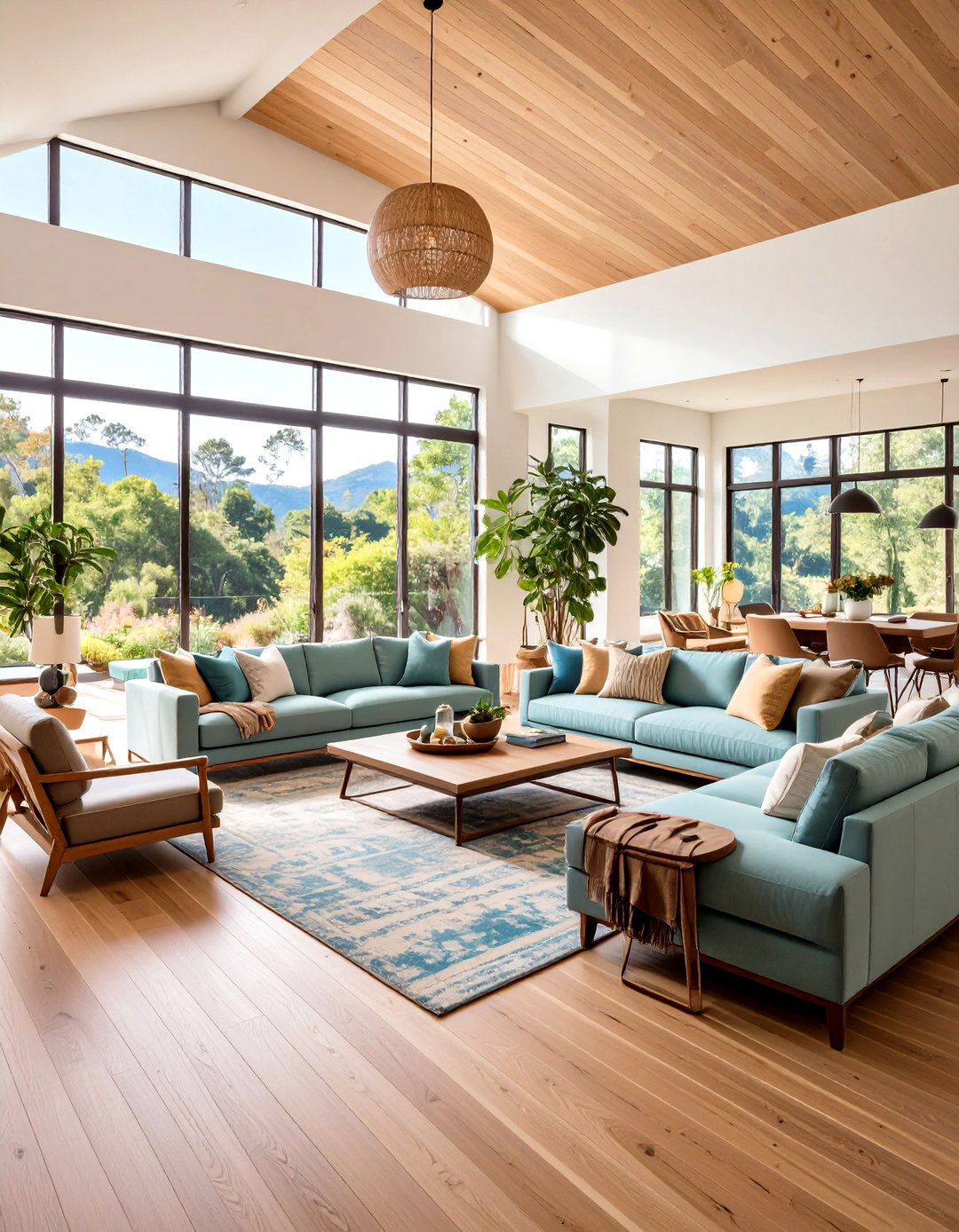
Mid-sized transitional open concept medium tone wood floor, brown floor and vaulted ceiling living room photo. Design seamless transitions between spaces in open concept layouts by maintaining consistent design elements throughout your transitional living room area. When designing a transitional living room, be sure that it flows with the rest of your decor for a cohesive feel throughout the space. Use similar color palettes, repeated materials, and coordinated furniture styles to create visual continuity from room to room. Consider how sight lines work throughout the space and position furniture to encourage natural traffic flow. Desiree Burns Interiors infused this new build with a sense of continuity by combining classic and modern elements and neutral tones. Area rugs help define separate zones within the larger space while maintaining the sophisticated transitional living room aesthetic.
19. Accent Chair Selection for Transitional Living Room Sophistication

The two vintage cane accent chairs are also from FB Marketplace for $100 each. Choose accent chairs that provide both additional seating and visual interest in your transitional living room arrangement. In transitional style, you'll generally see more structured arms on chairs and sofas, as well as the use of fabrics such as cotton, leather, wool, velvet, and linen. Mix traditional wingback chairs with contemporary swivel seats, or pair modern bergères with classic club chairs. Upholster pieces in quality fabrics that complement your sofa while adding textural variety. A statement piece in interior design is an item that draws attention and becomes the focal point of a room. It is typically bold, unique and exudes a sense of individuality and craftsmanship. Position accent chairs to create intimate conversation areas within your transitional living room layout.
20. Tufted Ottoman Versatility in Transitional Living Room Design
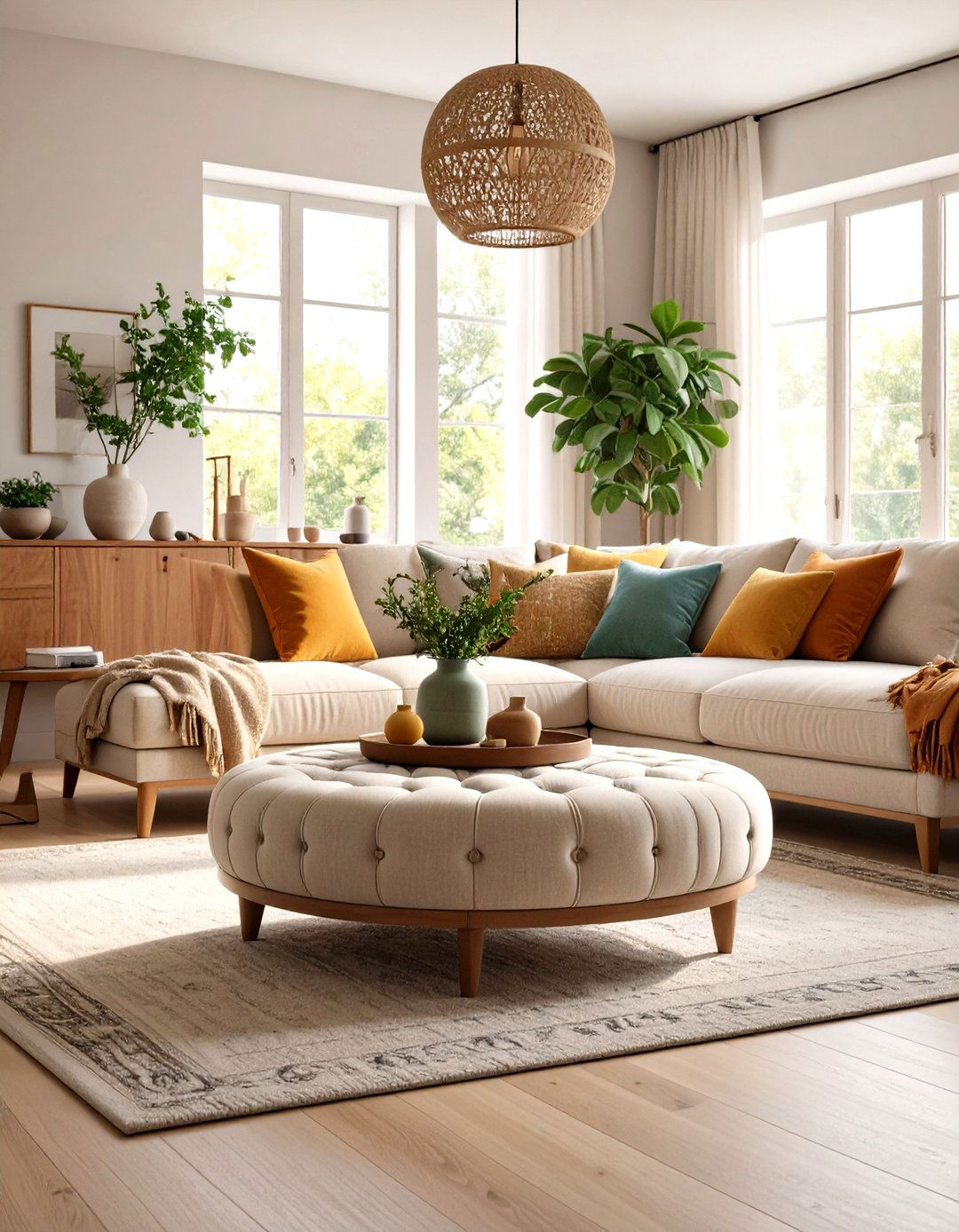
The restrained color palette—black, white, and brown—allows many elements and eras to play nicely together. A tufted ottoman, a fawn-print rug, and a regency mirror add serious style without sacrificing serenity. Incorporate a tufted ottoman that serves multiple functions while adding sophisticated texture to your transitional living room. Enjoy a similar charm to that of a Chesterfield couch in the bedroom with a tufted headboard. It suits the transitional décor style particularly well. Choose ottomans that work as coffee tables, extra seating, or footrests depending on your needs. Upholster in neutral tones like cream linen or soft gray velvet for timeless appeal. If you have the depth for it, an ottoman or coffee table where people can prop their feet up is always a welcome addition. This versatile piece enhances comfort while maintaining the refined aesthetic central to successful transitional living room design.
Conclusion:
Creating the perfect transitional living room means embracing the best of both traditional elegance and contemporary functionality. Transitional spaces evoke a clean, serene atmosphere by relying on soothing, neutral hues while allowing for personal expression through carefully curated accessories and meaningful pieces. The beauty of this timeless design approach lies in its flexibility—you can incorporate family heirlooms alongside modern finds, mix various textures and materials, and adapt the space as your needs evolve. The result of this mix of design styles is a personalized space that's both modern and classic, timeless and fresh. By focusing on neutral color palettes, balanced furniture arrangements, and thoughtful layering of textures and lighting, your transitional living room becomes a sophisticated retreat that welcomes both everyday relaxation and special gatherings with effortless style.


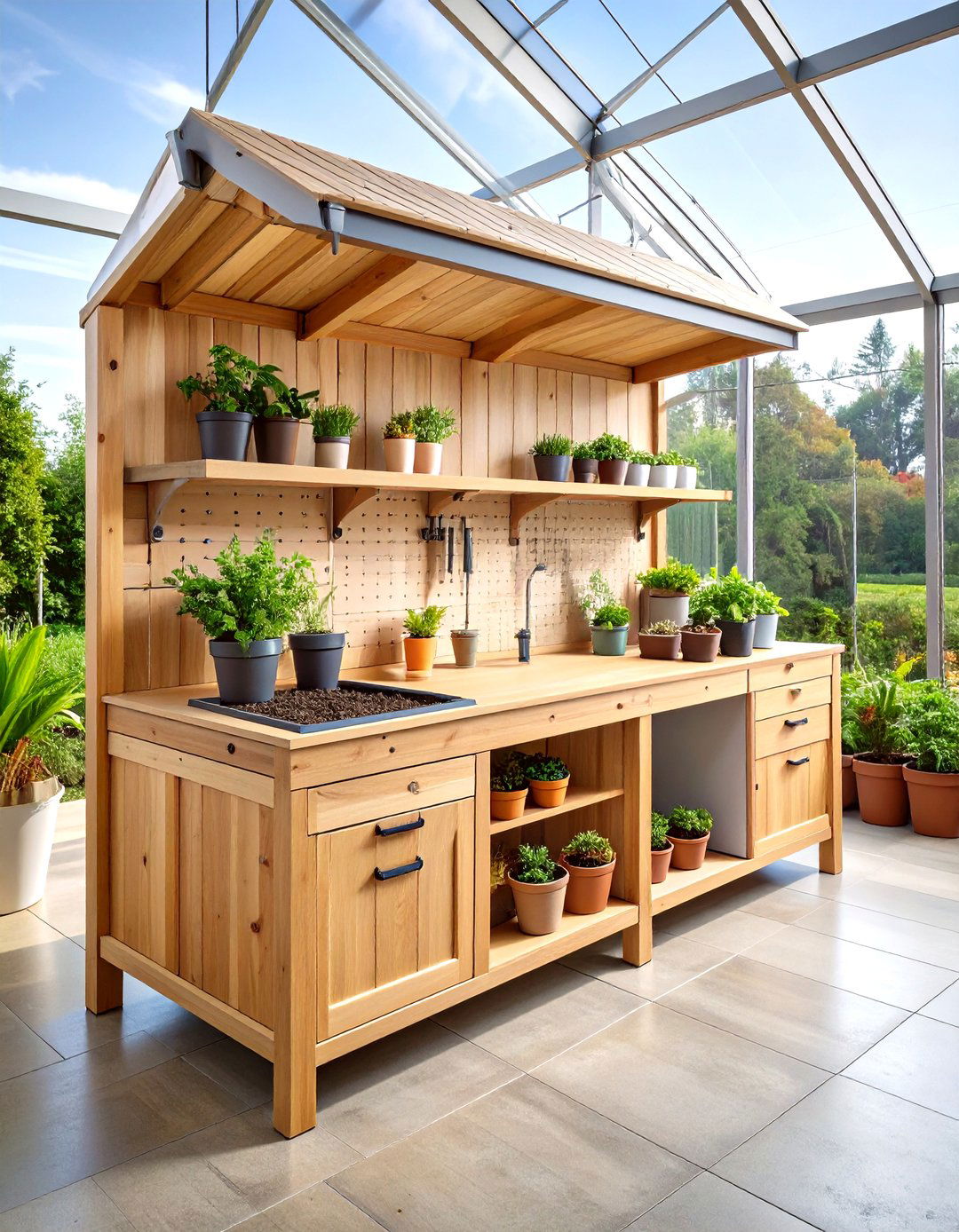



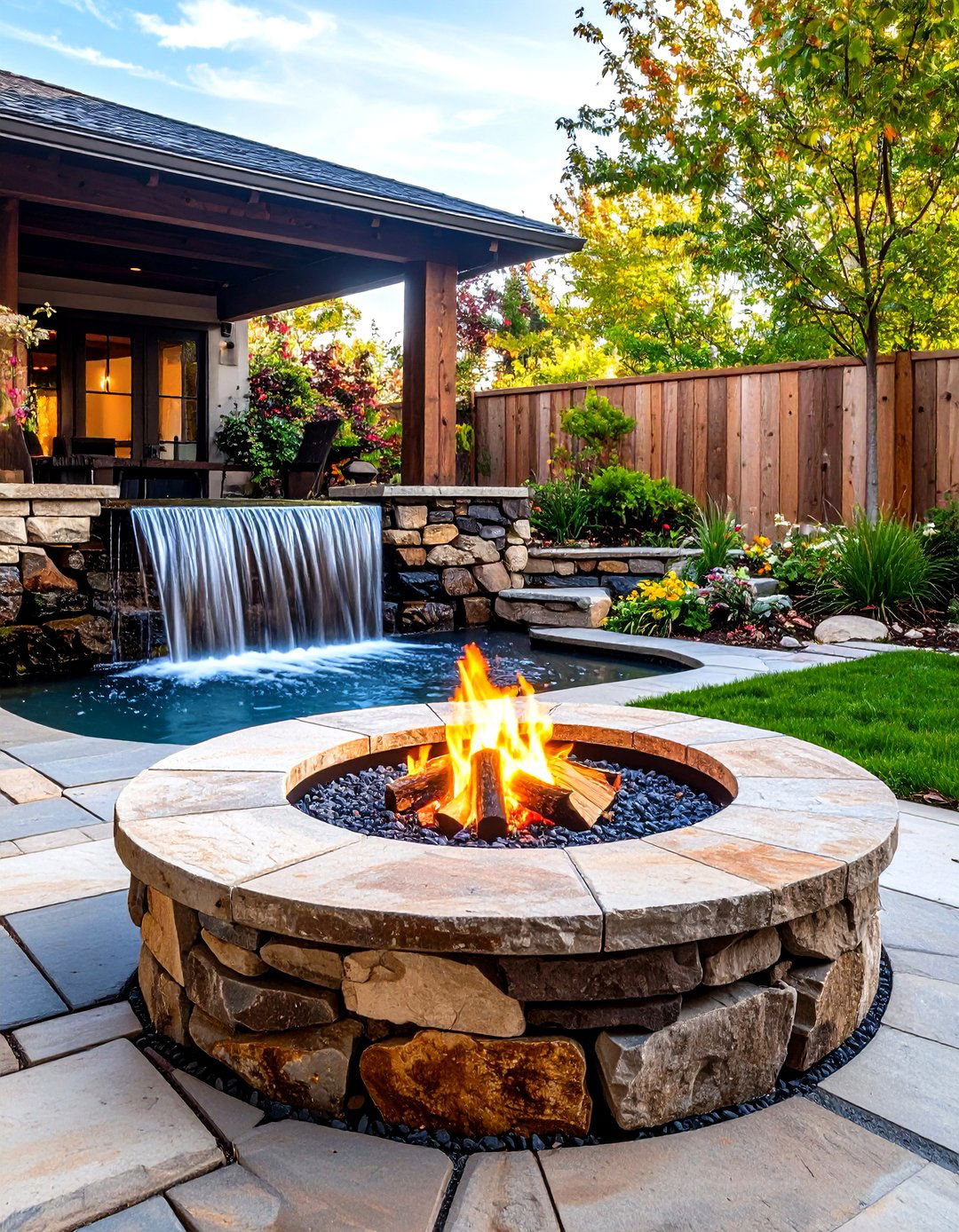

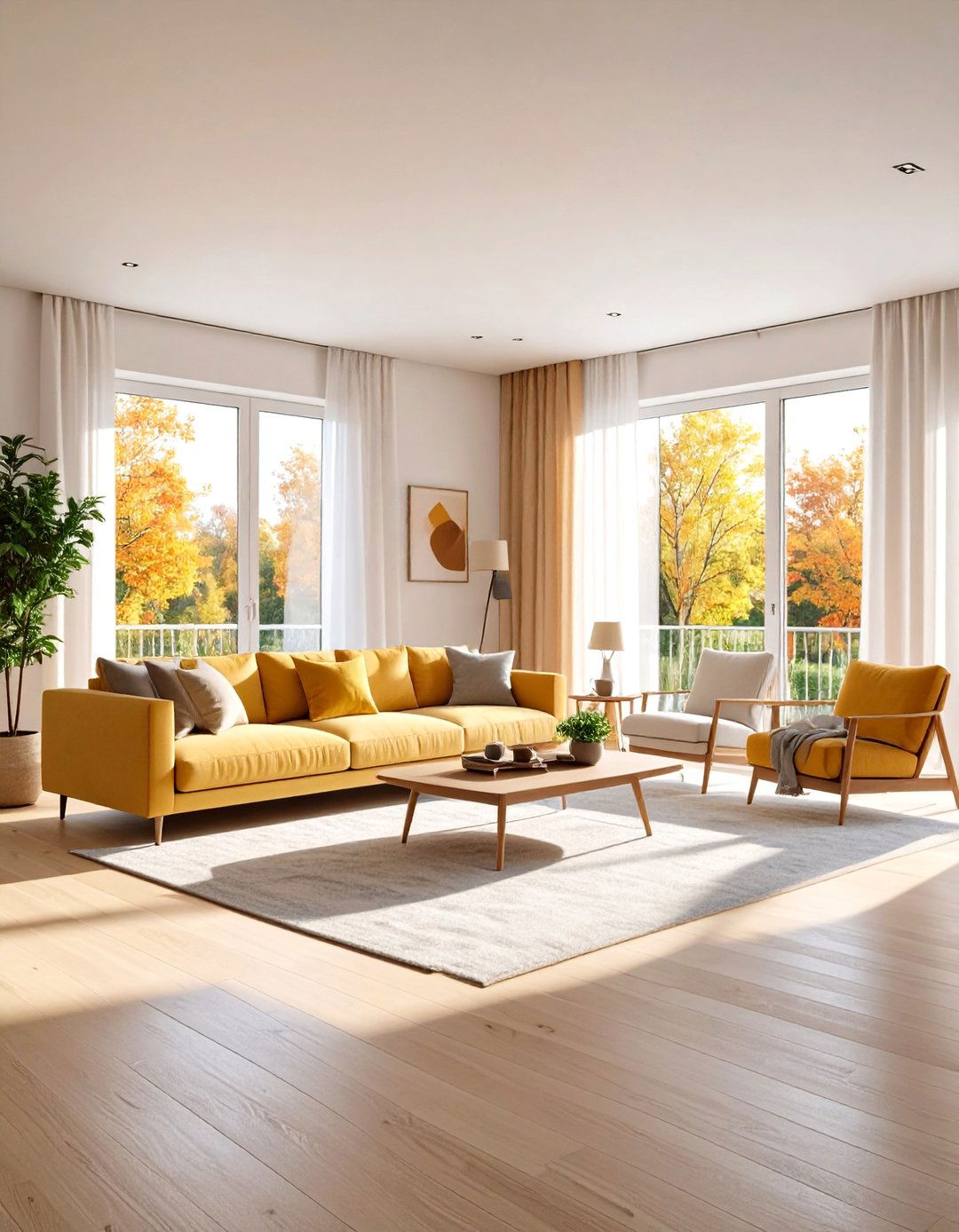
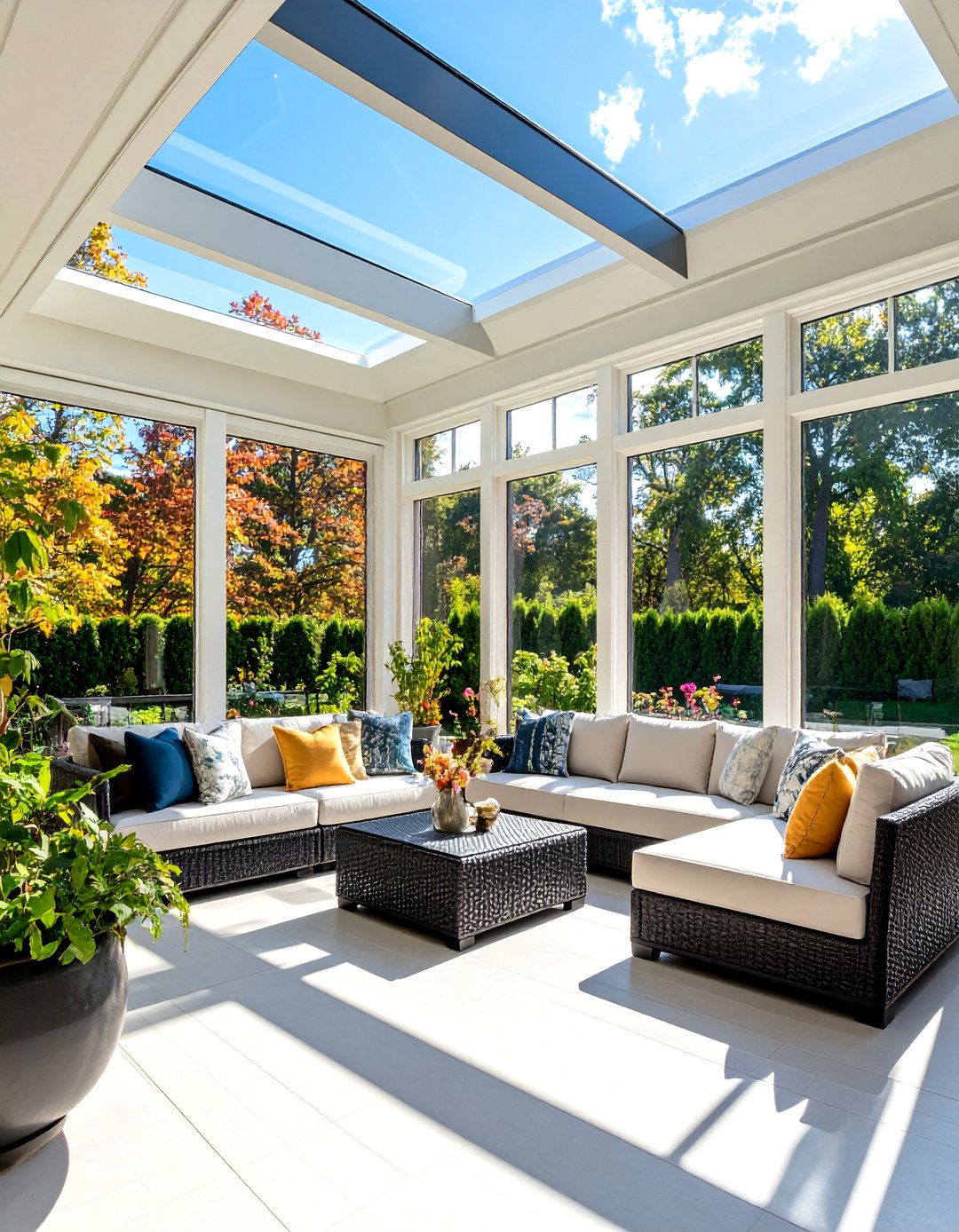
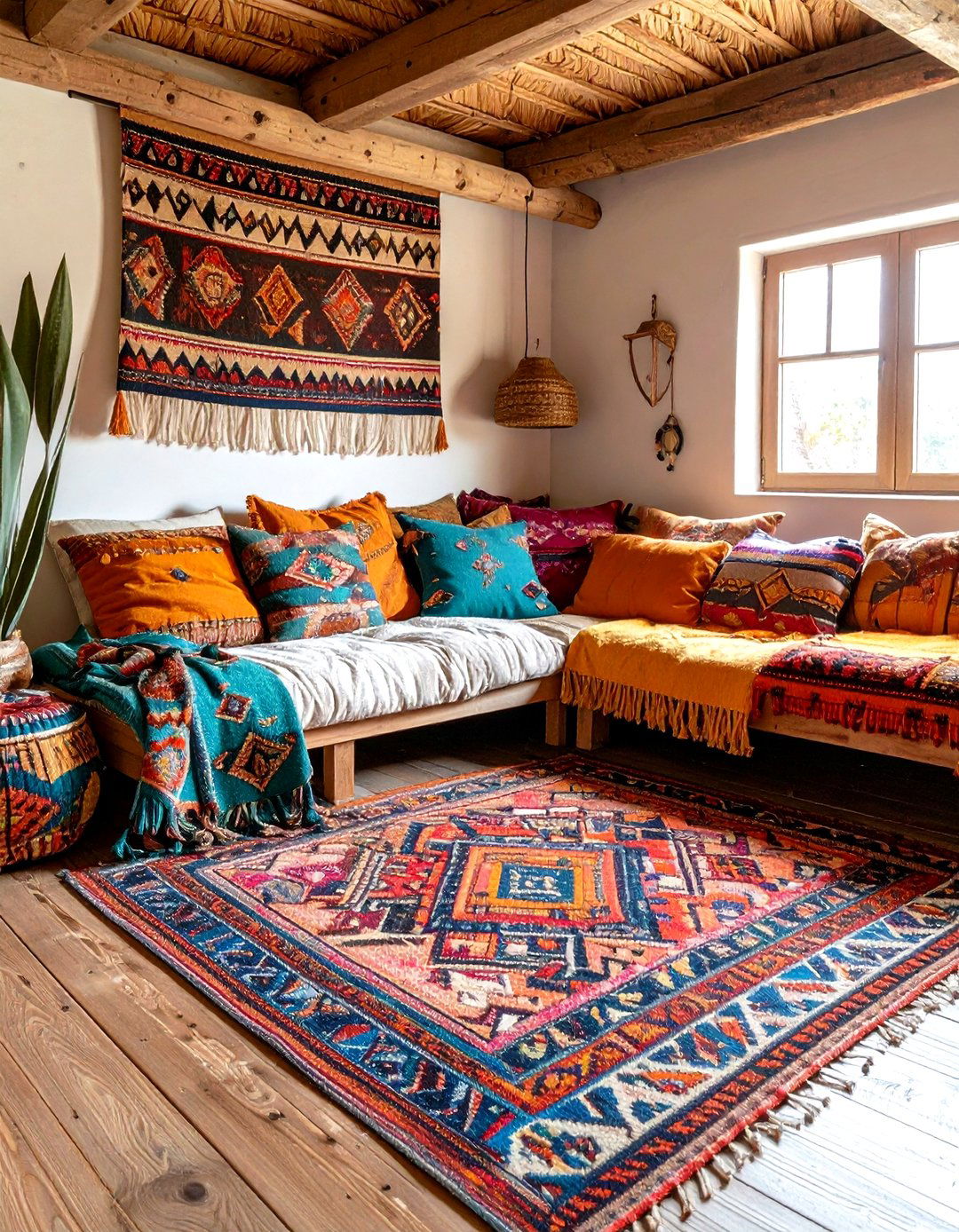
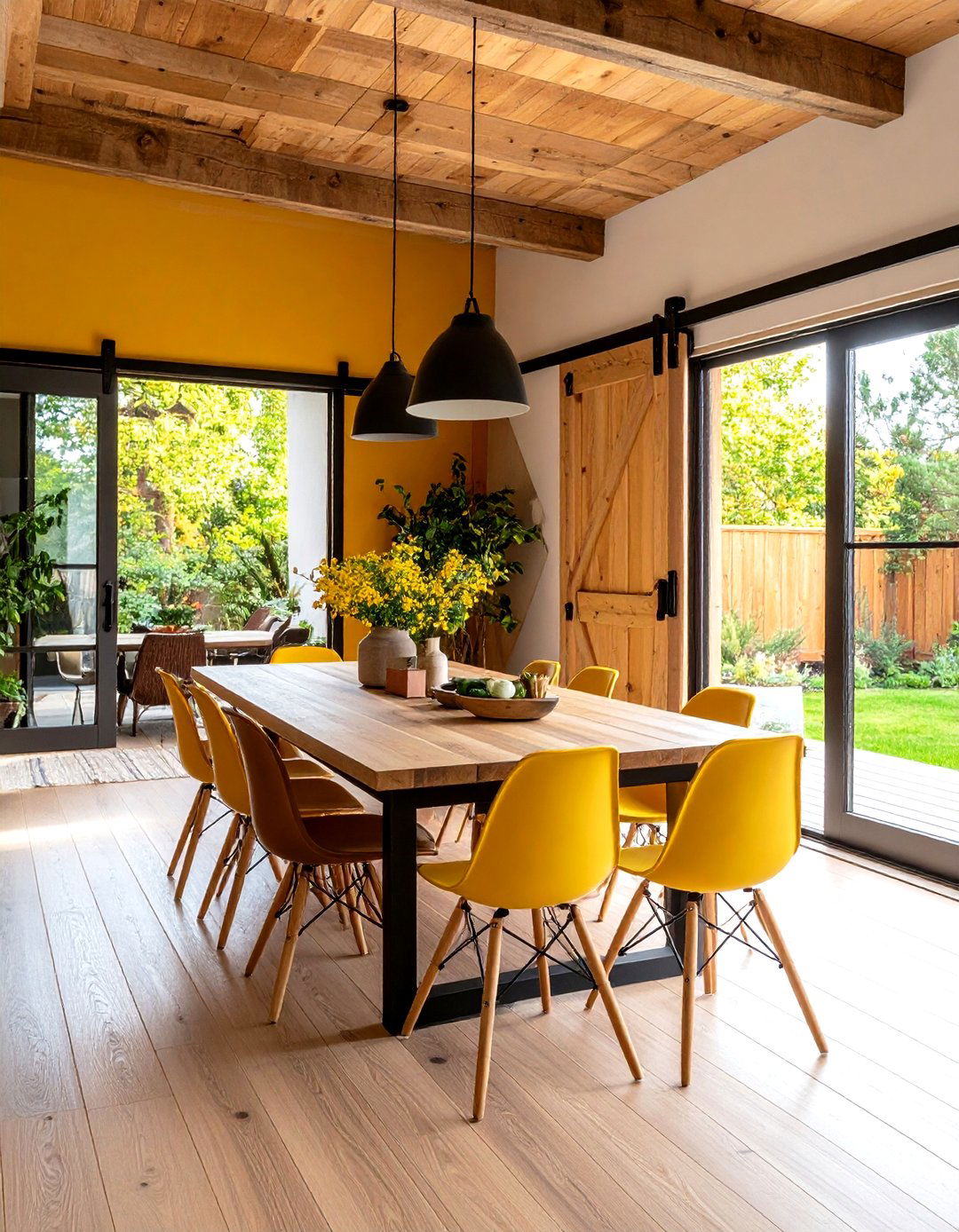
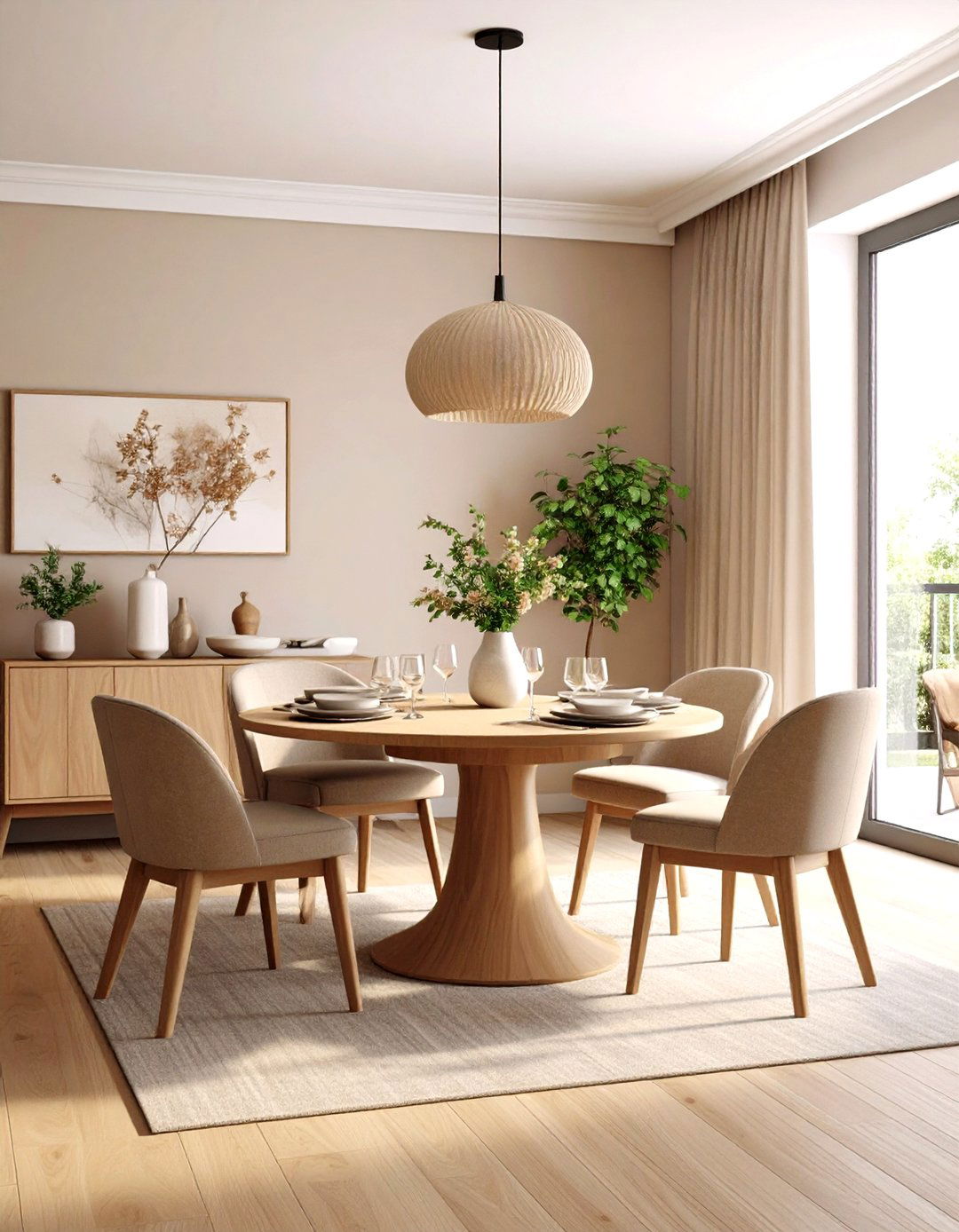


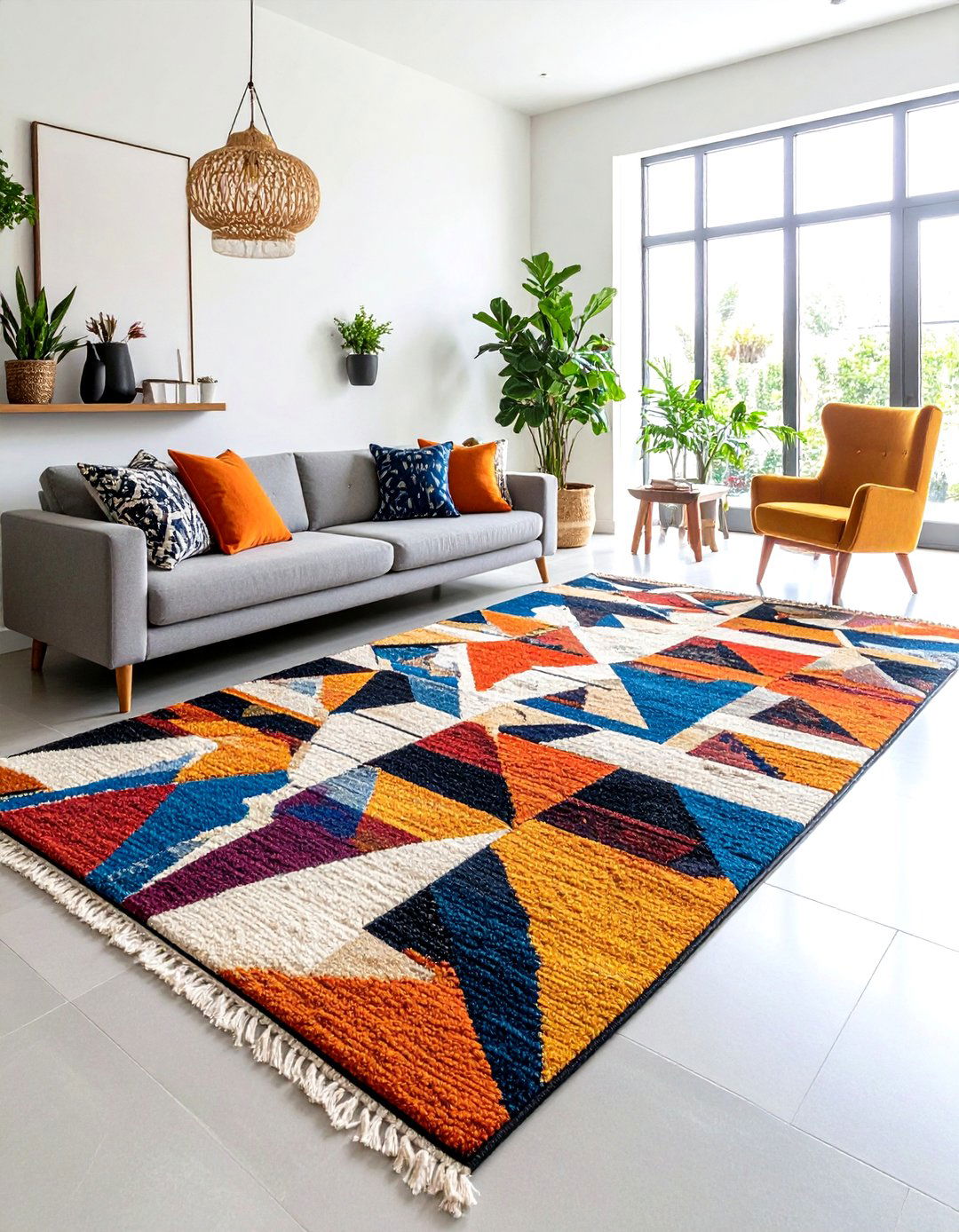
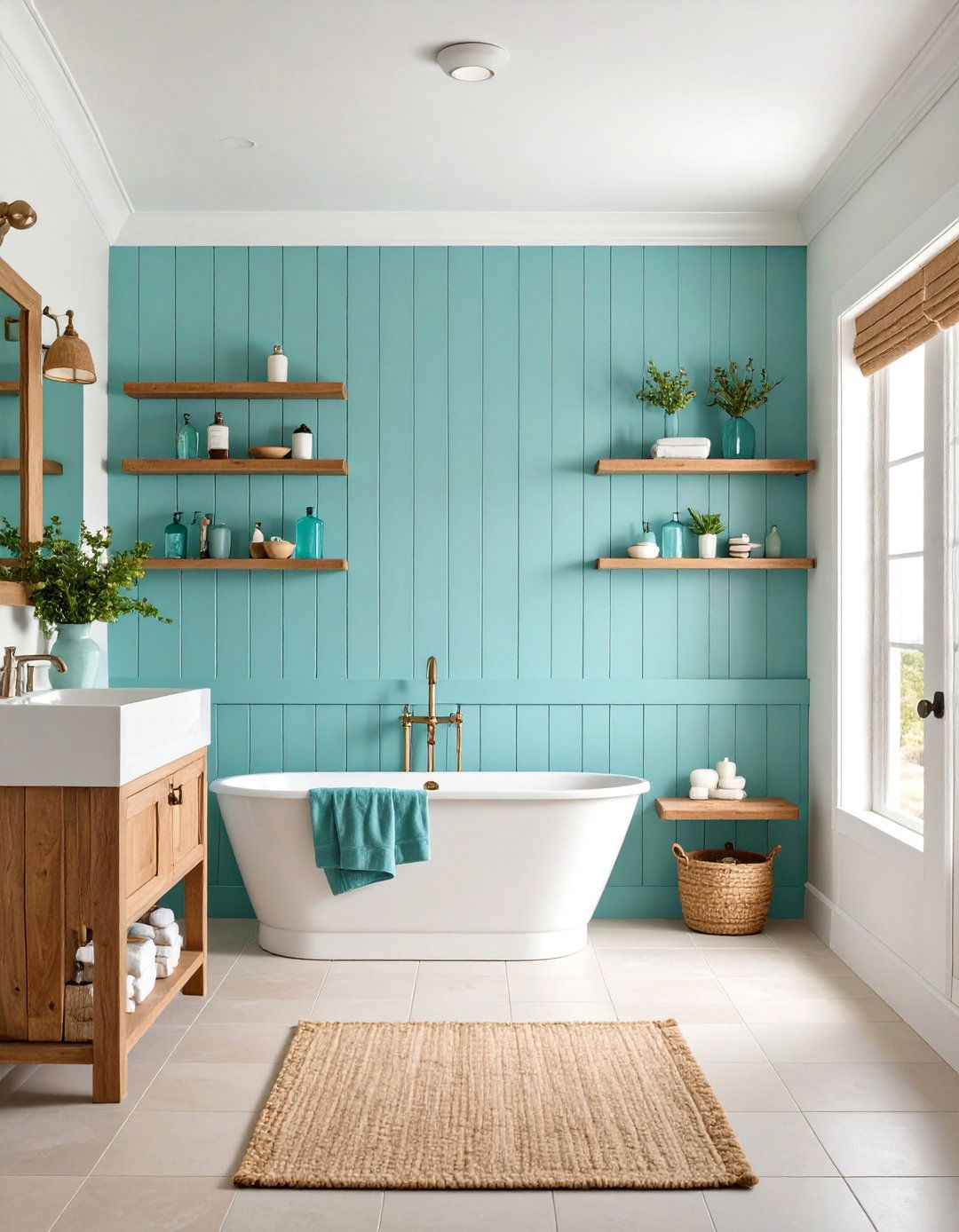
Leave a Reply